The Cathedral of Seville is the largest gothic cathedral, the third largest cathedral and is also the final resting place of Christopher Columbus.
The Cathedral of Seville was built by converting a mosque that was originally built on the site. The construction of the mosque started in 1172 and when Seville was concurred by Ferdinand III it was converted into a Catholic church in 1248 but the construction wasn’t completed until 1528.
The cathedral has been designated as a UNESCO World Heritage Site and is a blend of two distinct architectural styles that reflects the history and changes in political power of the territory of Seville, Spain.
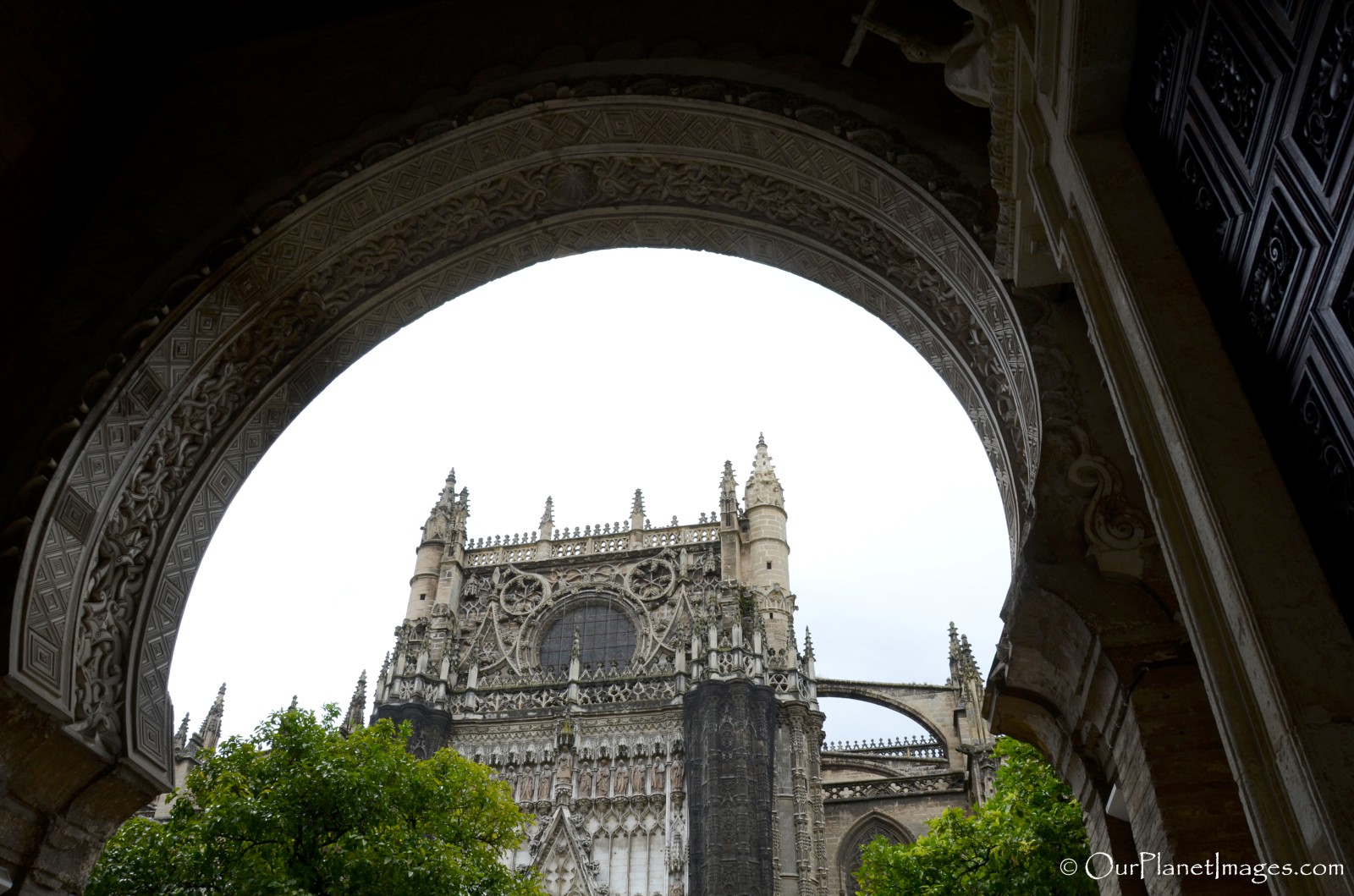
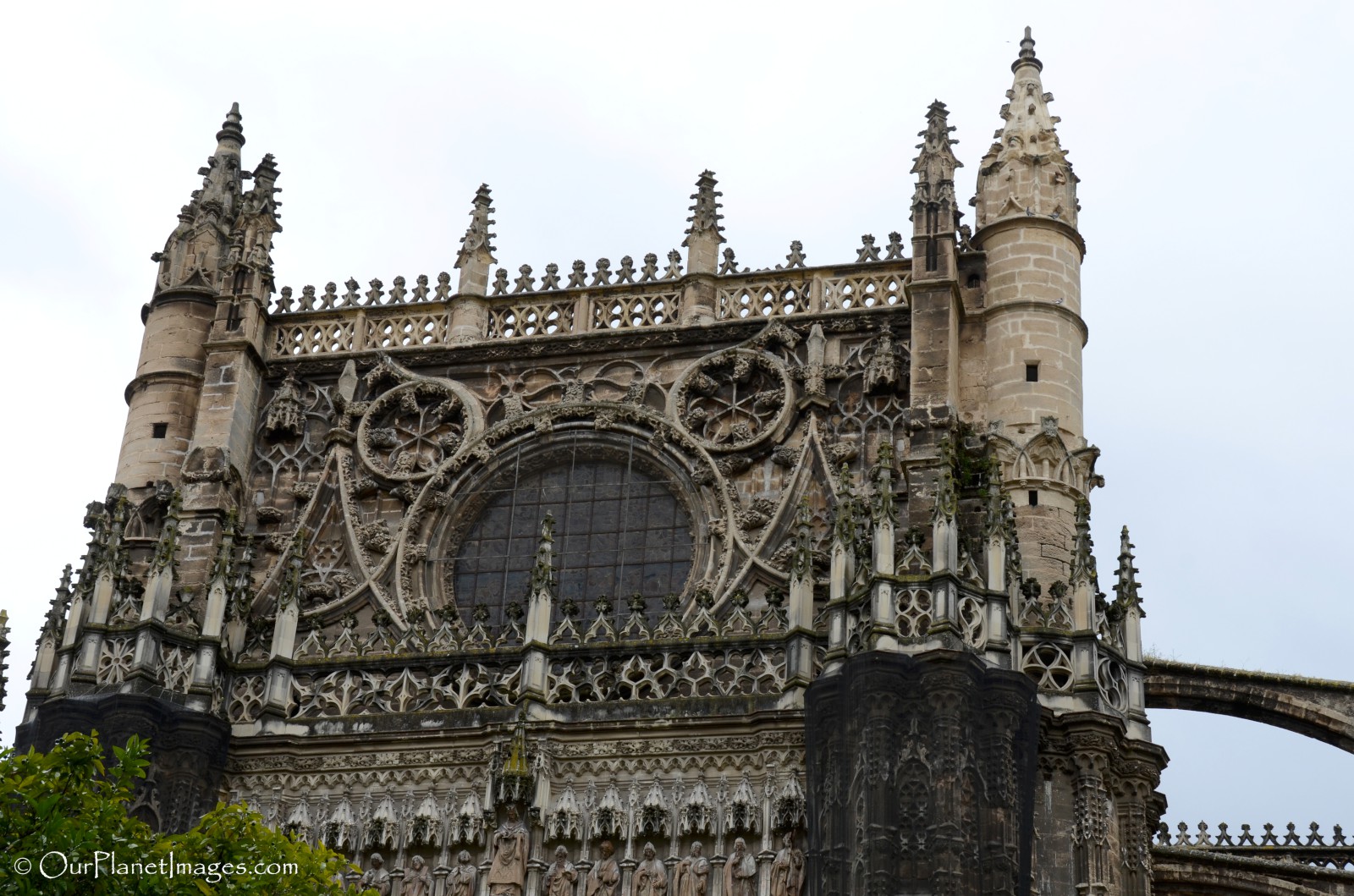
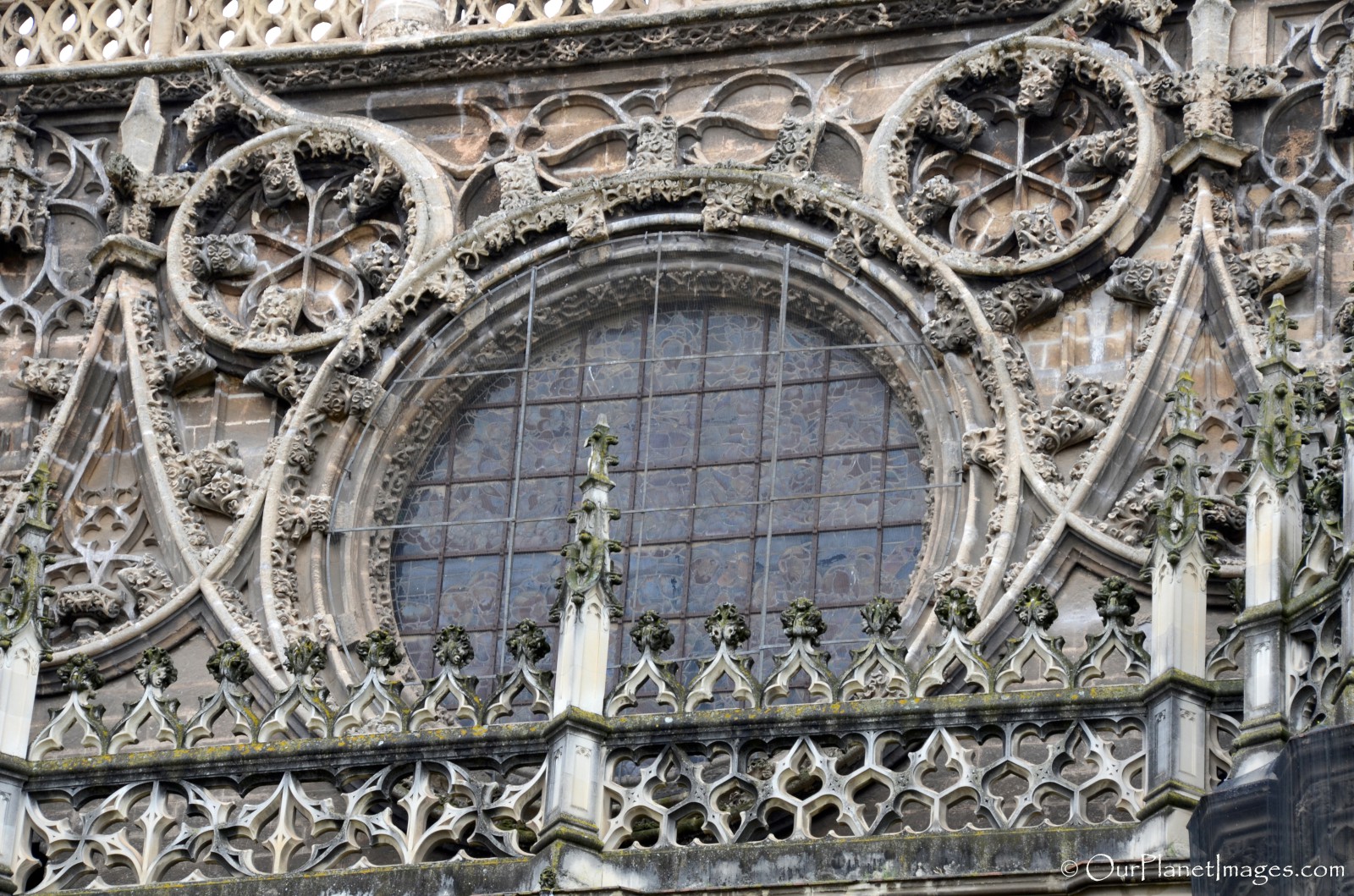
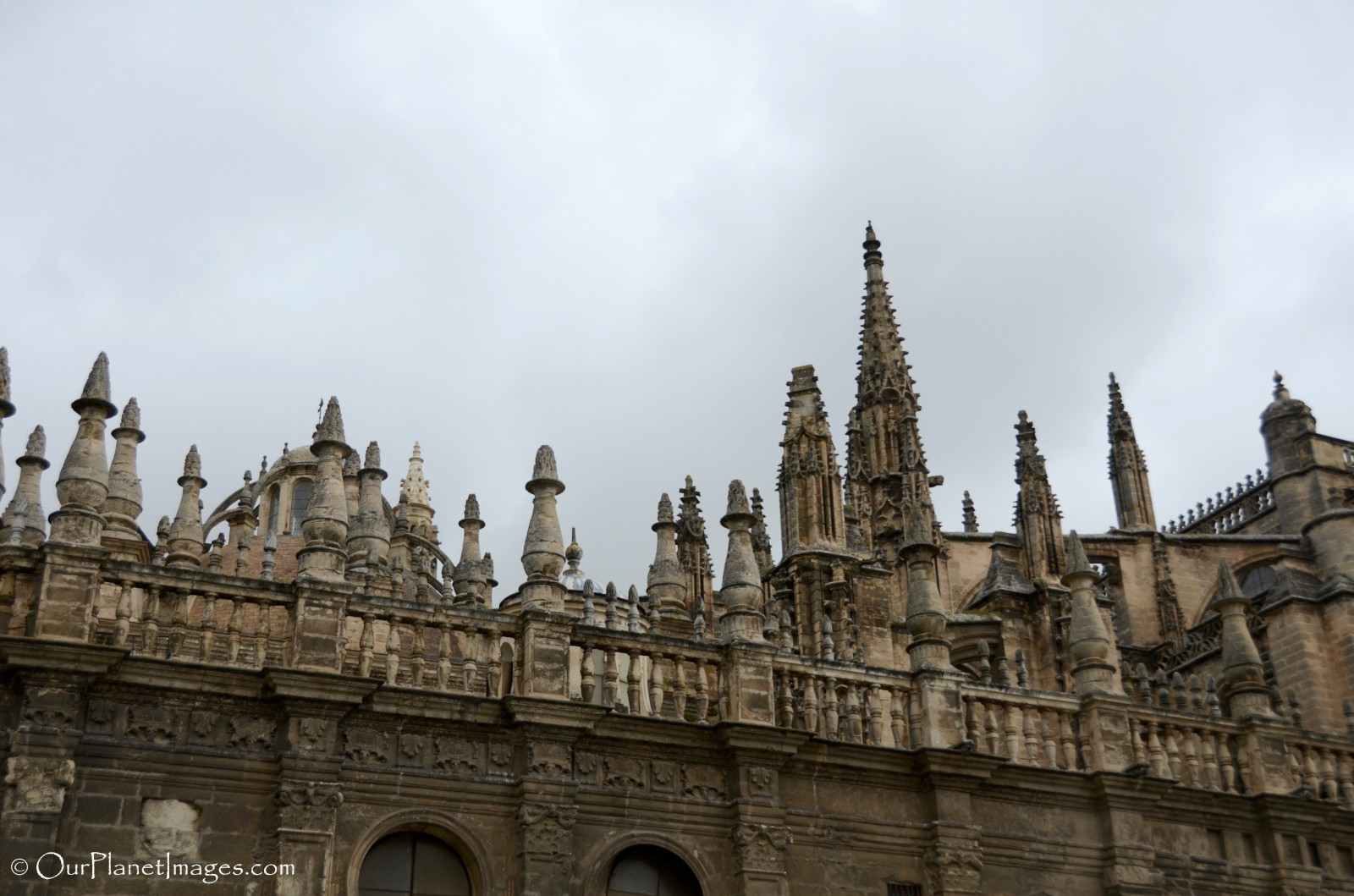
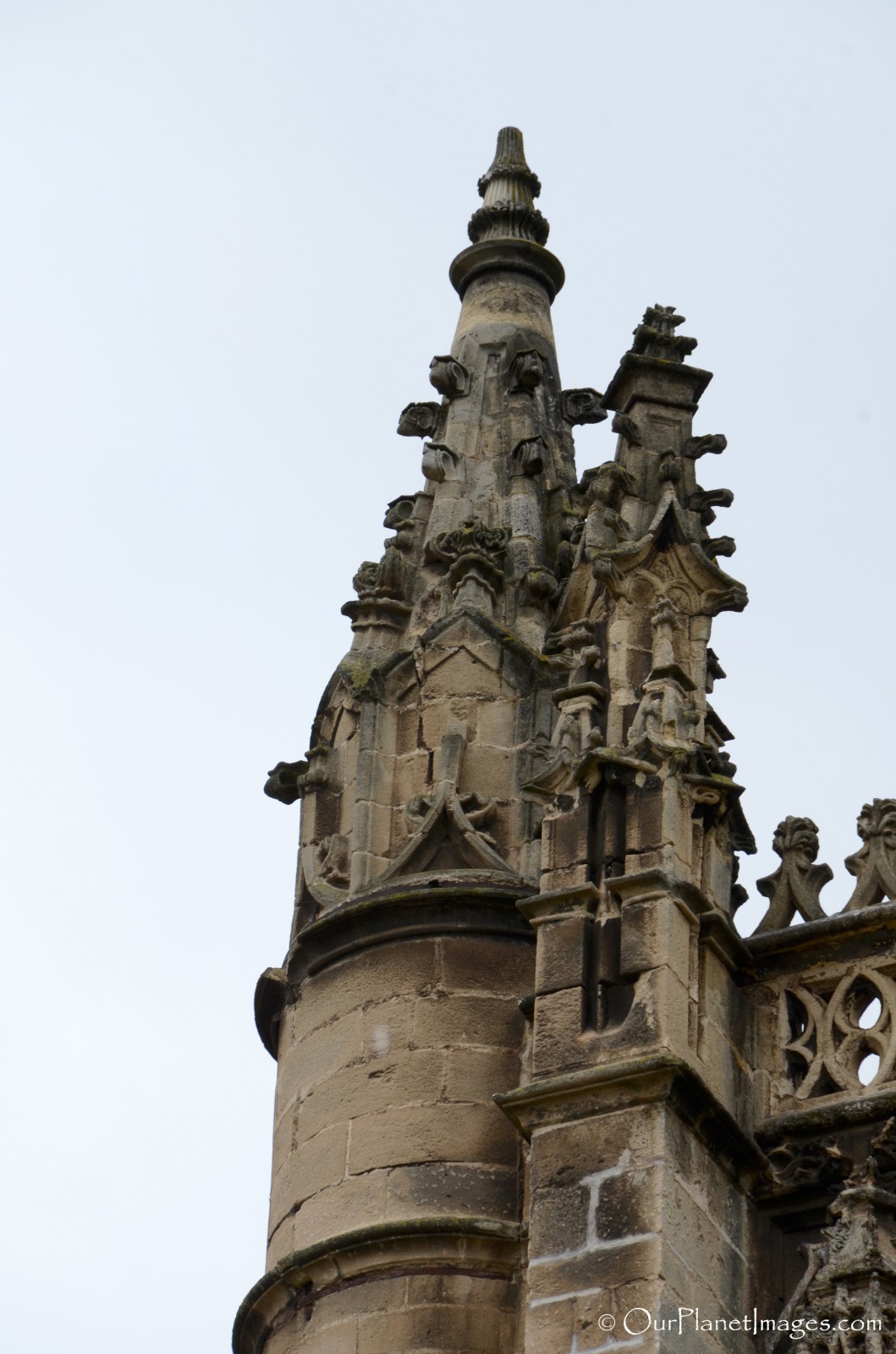
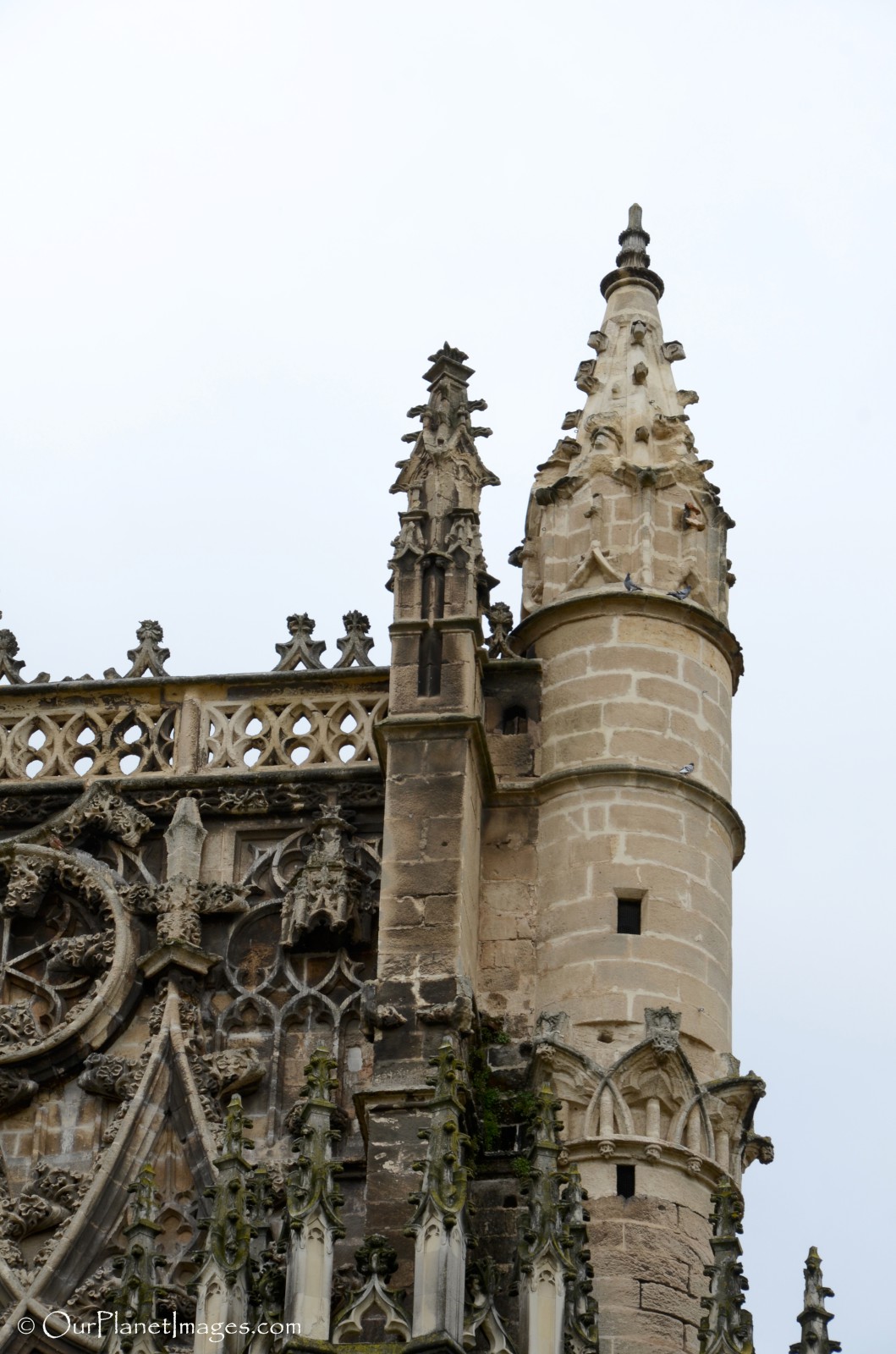
The Cathedral of Seville truly is massive. The total area of the cathedral is 11,520 square meters making it the third largest cathedral in the world behind London’s St Paul’s Cathedral and Rome’s St. Peter’s Cathedral.
With the cathedral’s enormous size and lengthy history it is not practical for me to attempt to describe all of the features in the building. With that in mind, I will provide a few details that help to provide an understanding of the main features of the cathedral.
Domed ceilings
One of the most impressive parts of the cathedral for me were the towering domed ceilings. The height of the ceilings were imposing and many of the domes were impressively decorated.
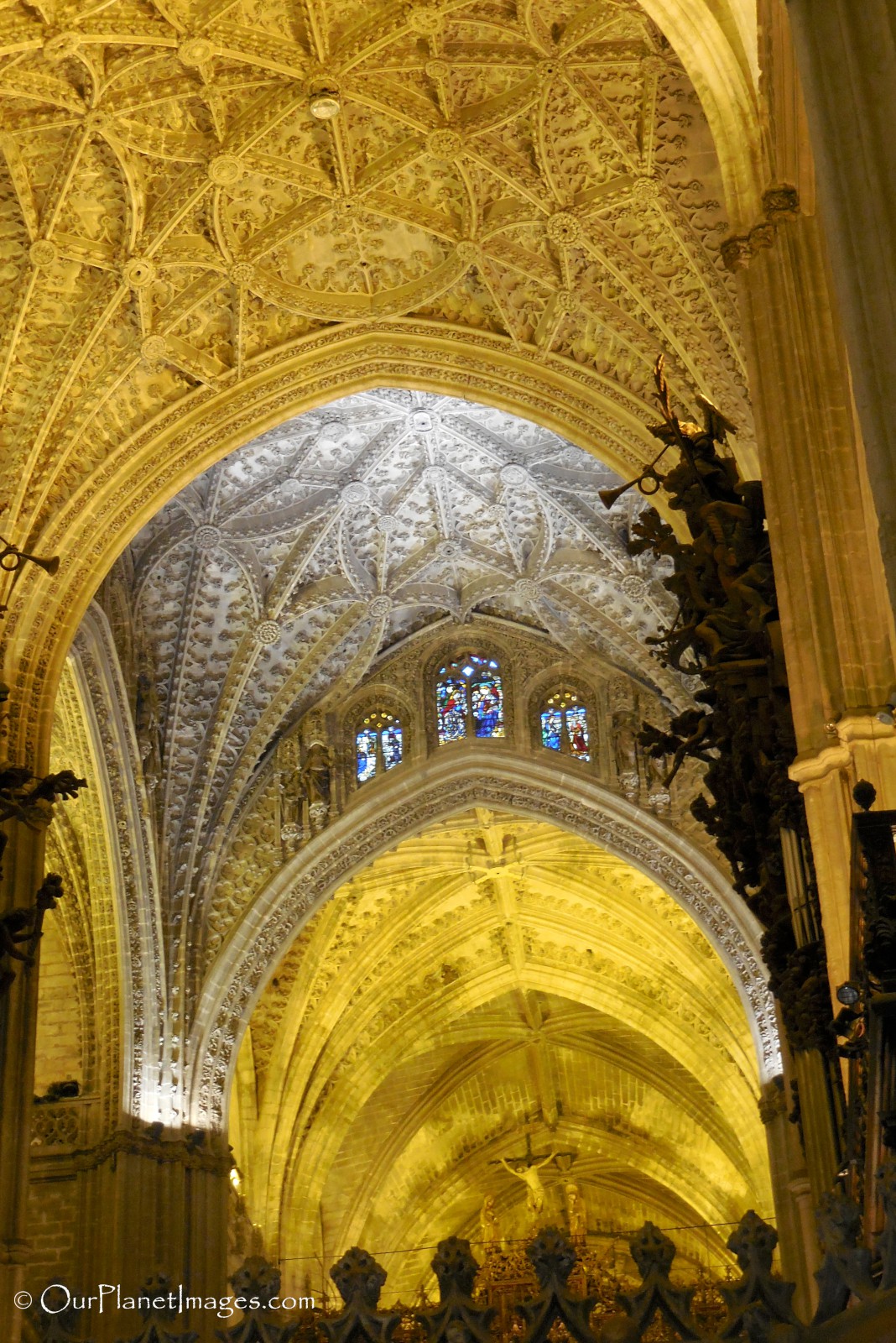
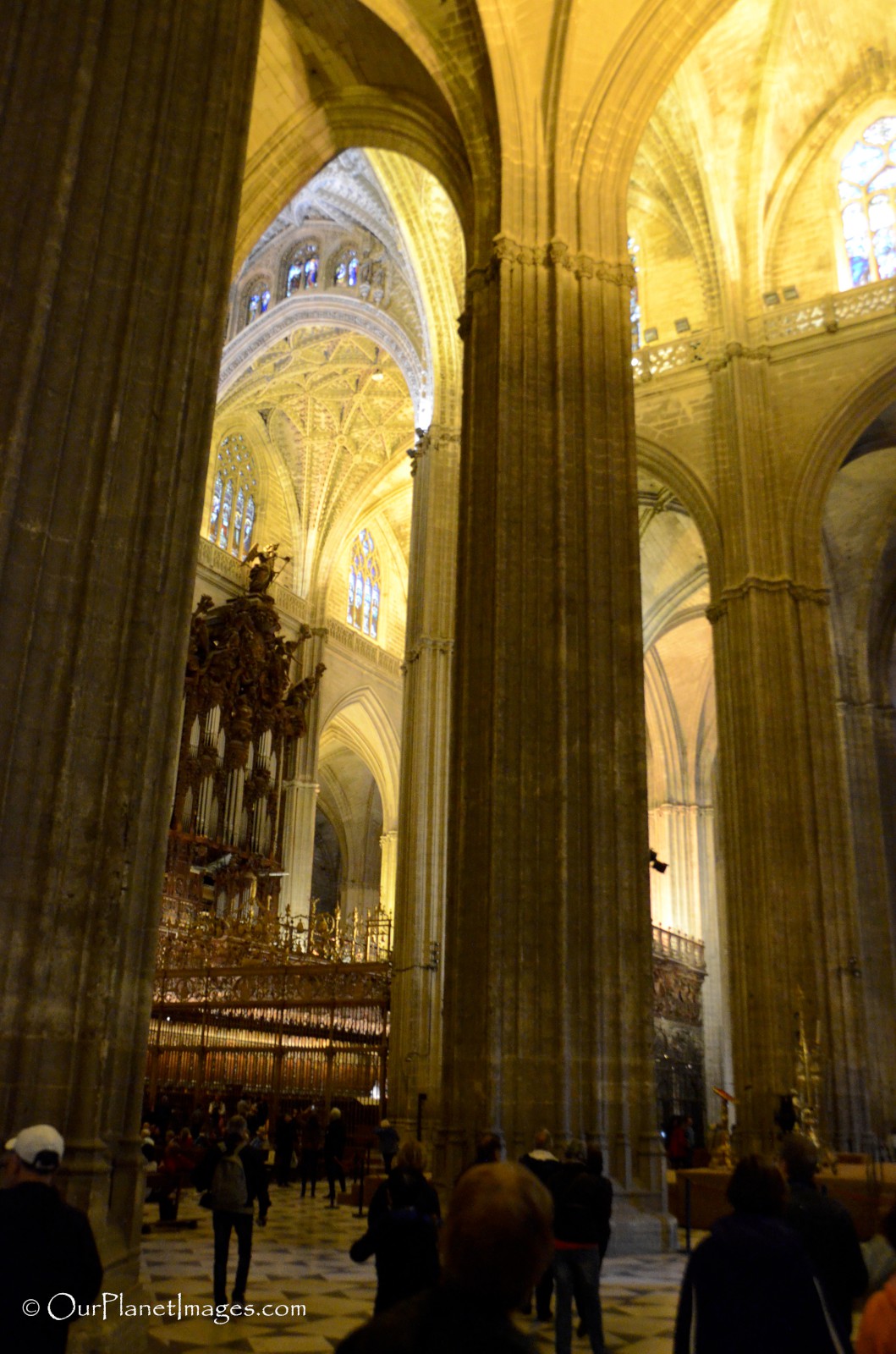
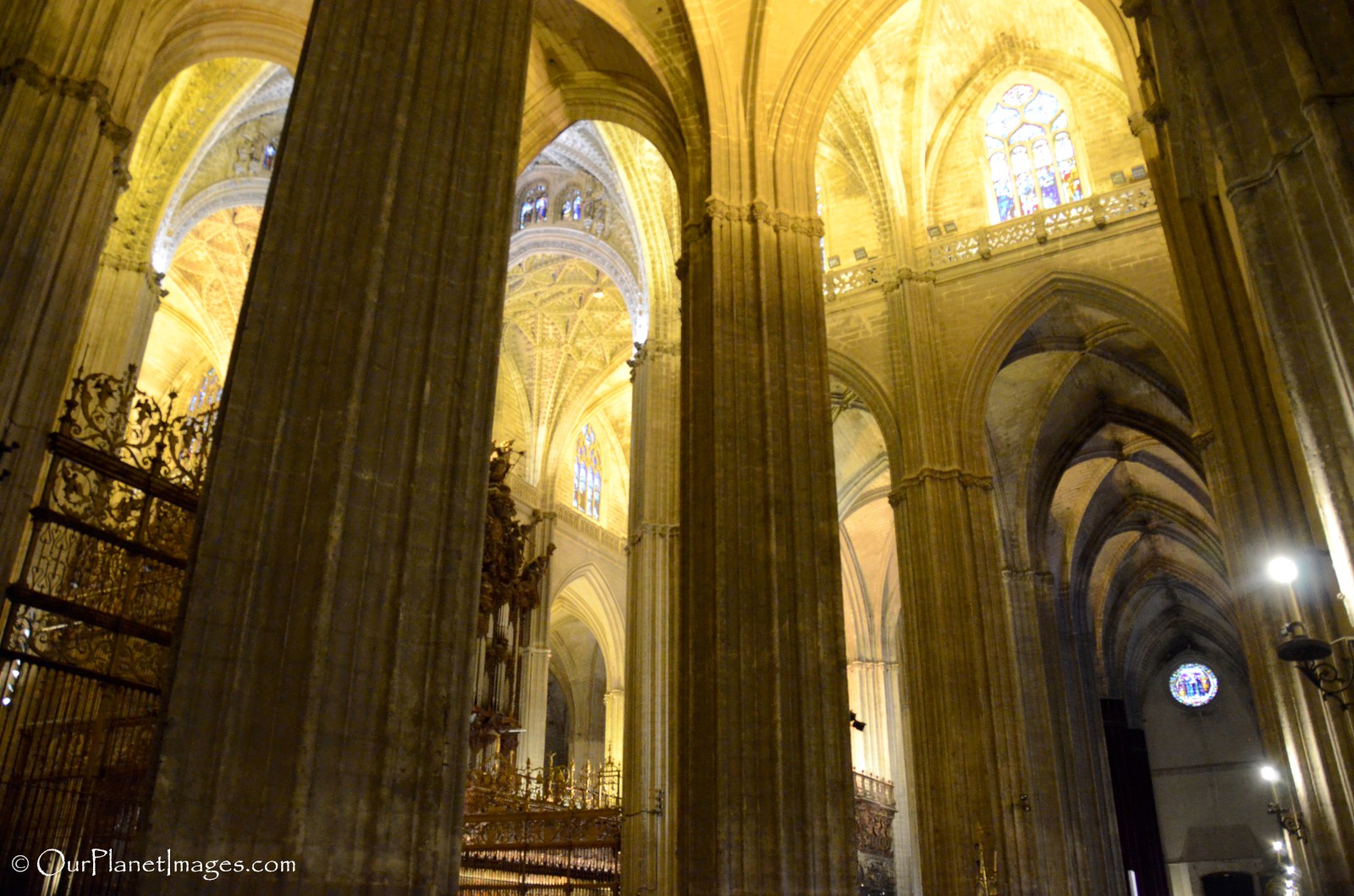
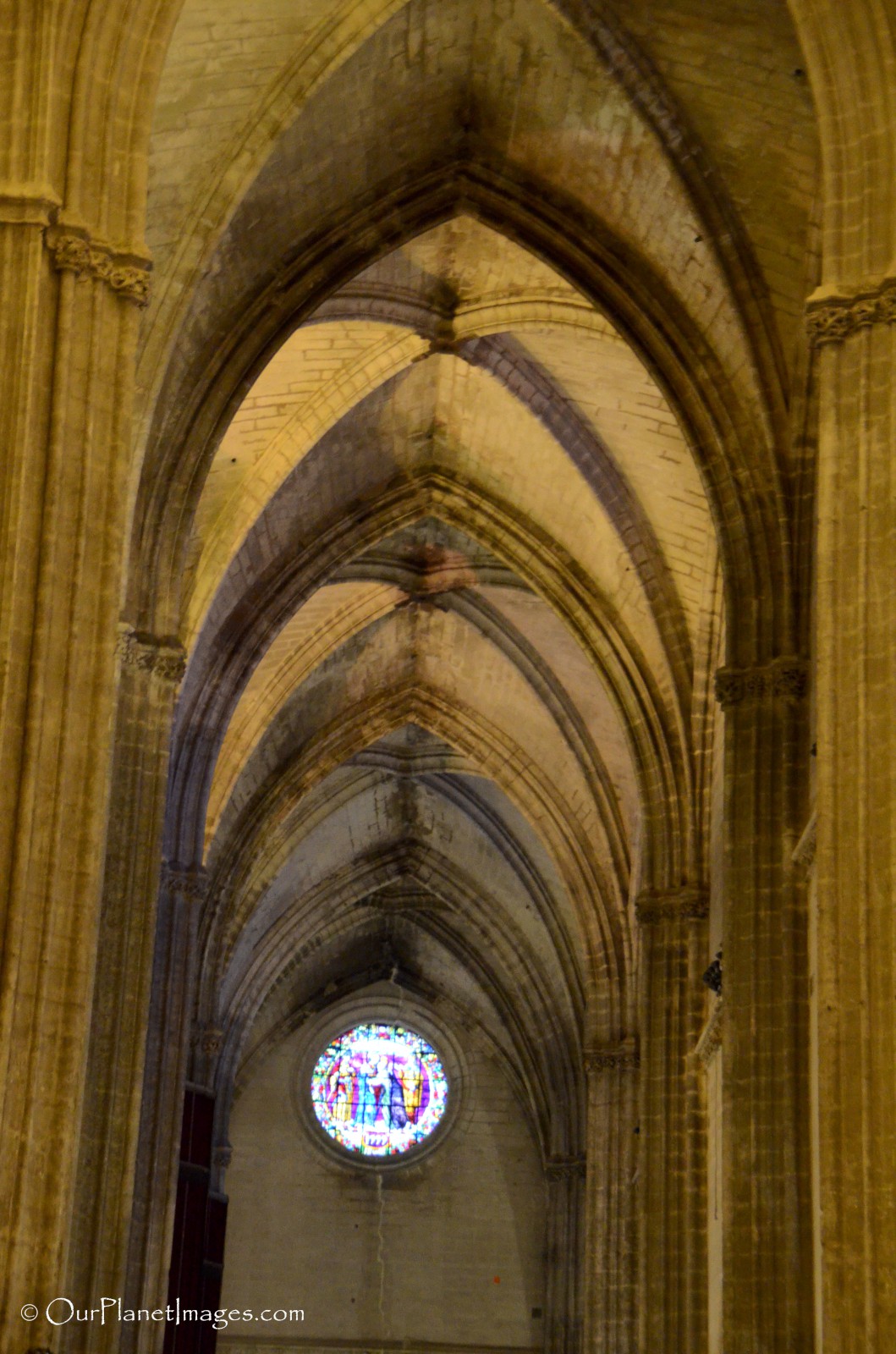
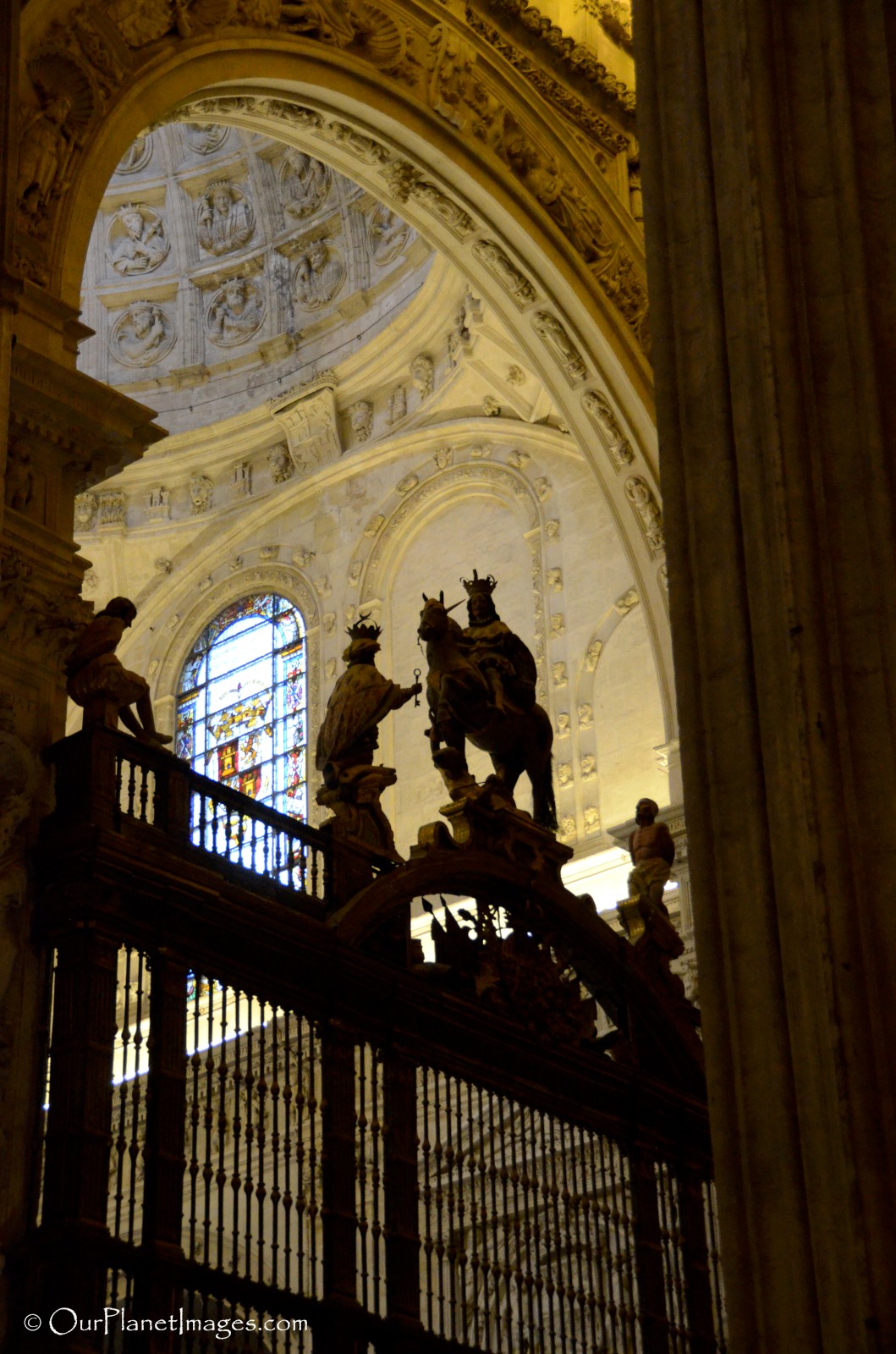
Worship Chapels
The cathedral has an amazing 80 chapels within the building and twin organs. The photos below provide some samples of the chapels inside the Cathedral of Seville.
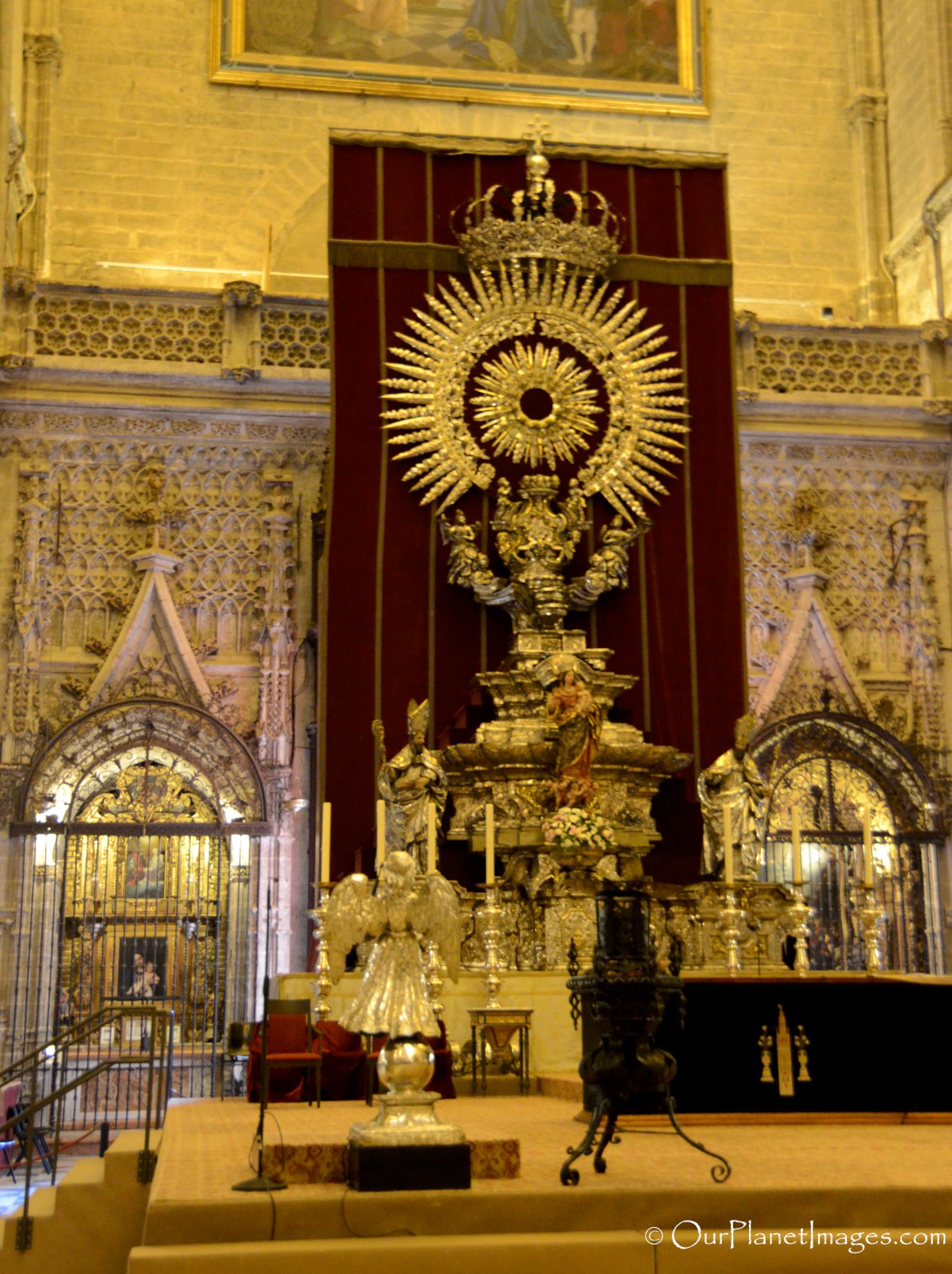
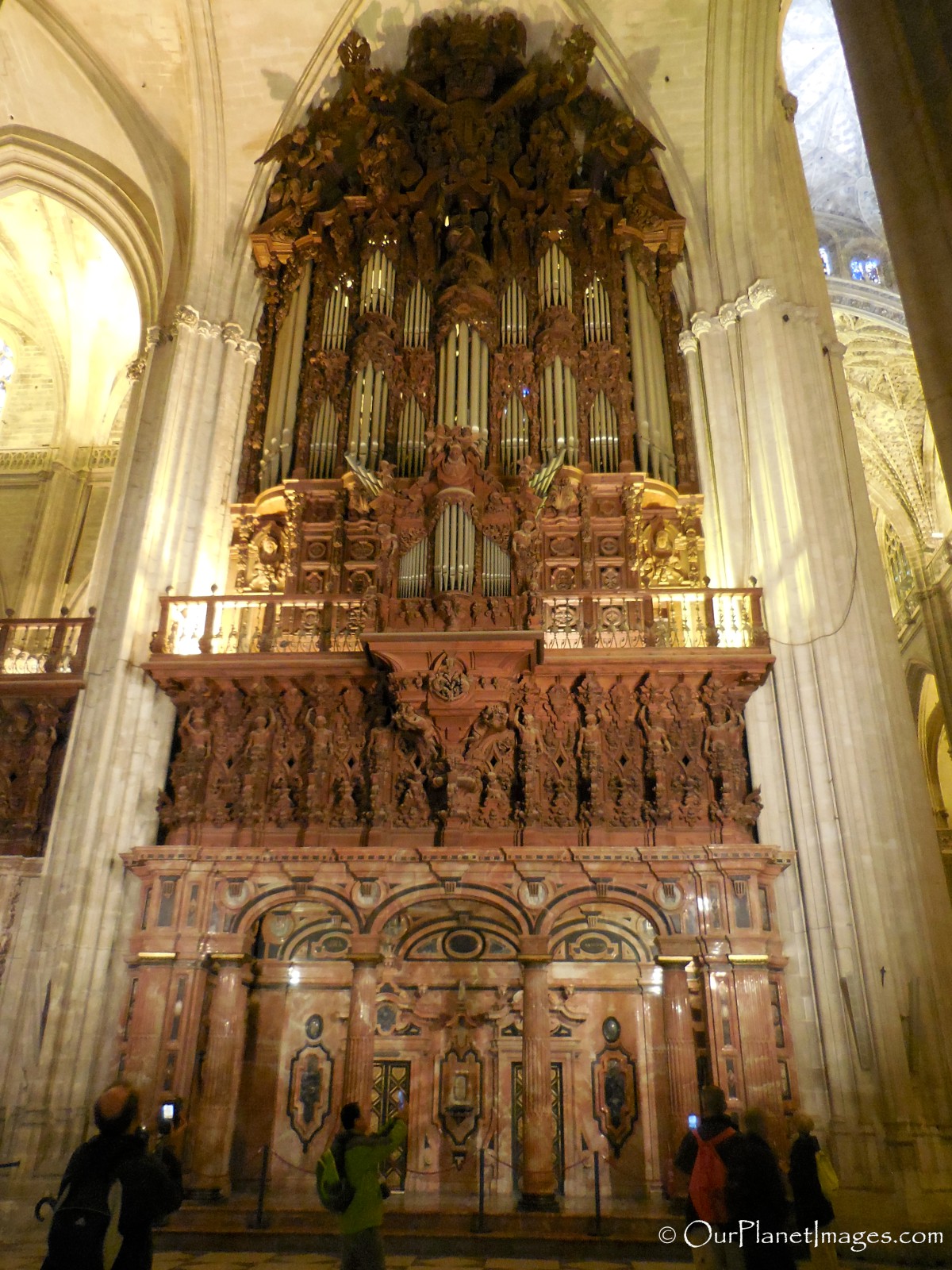
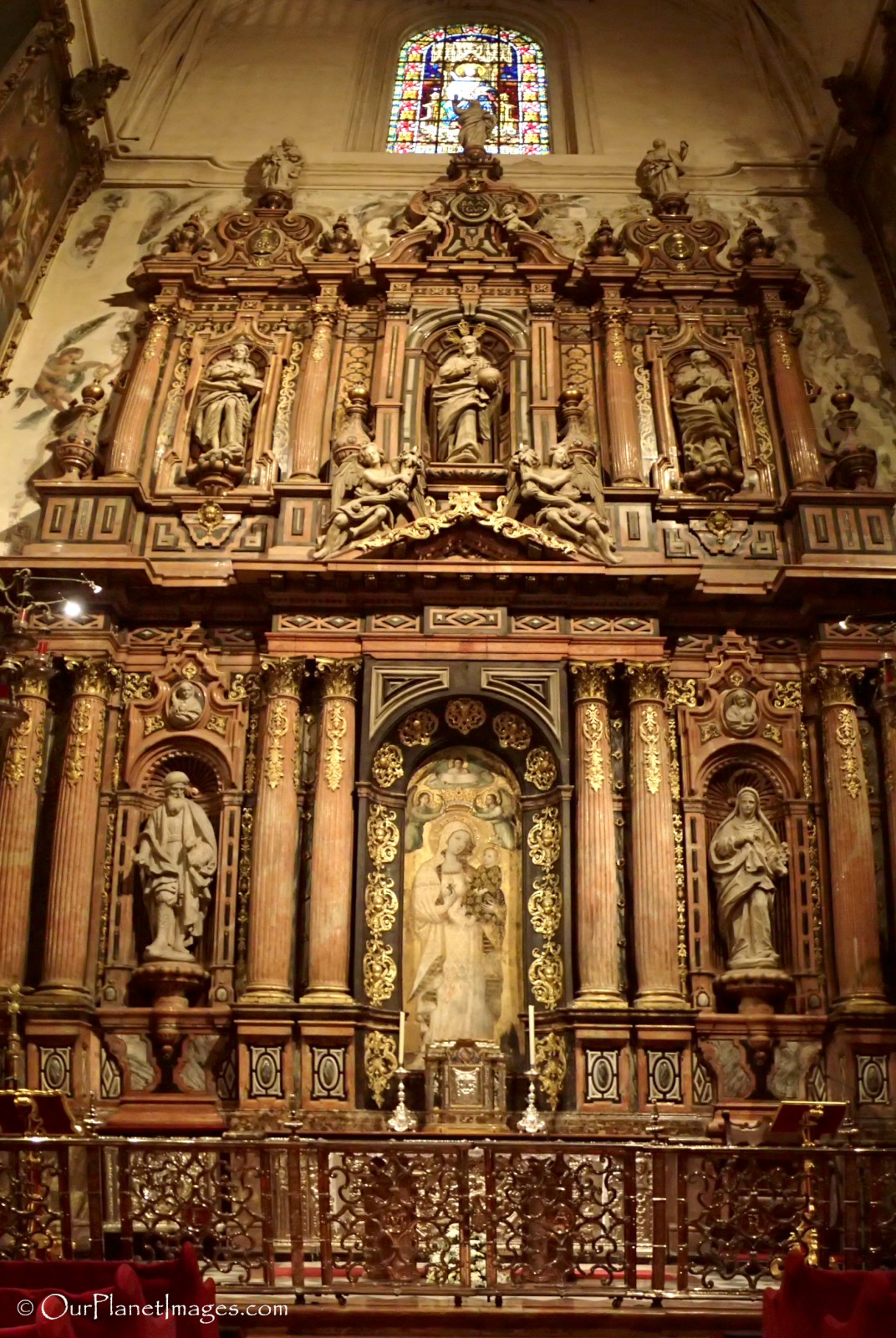
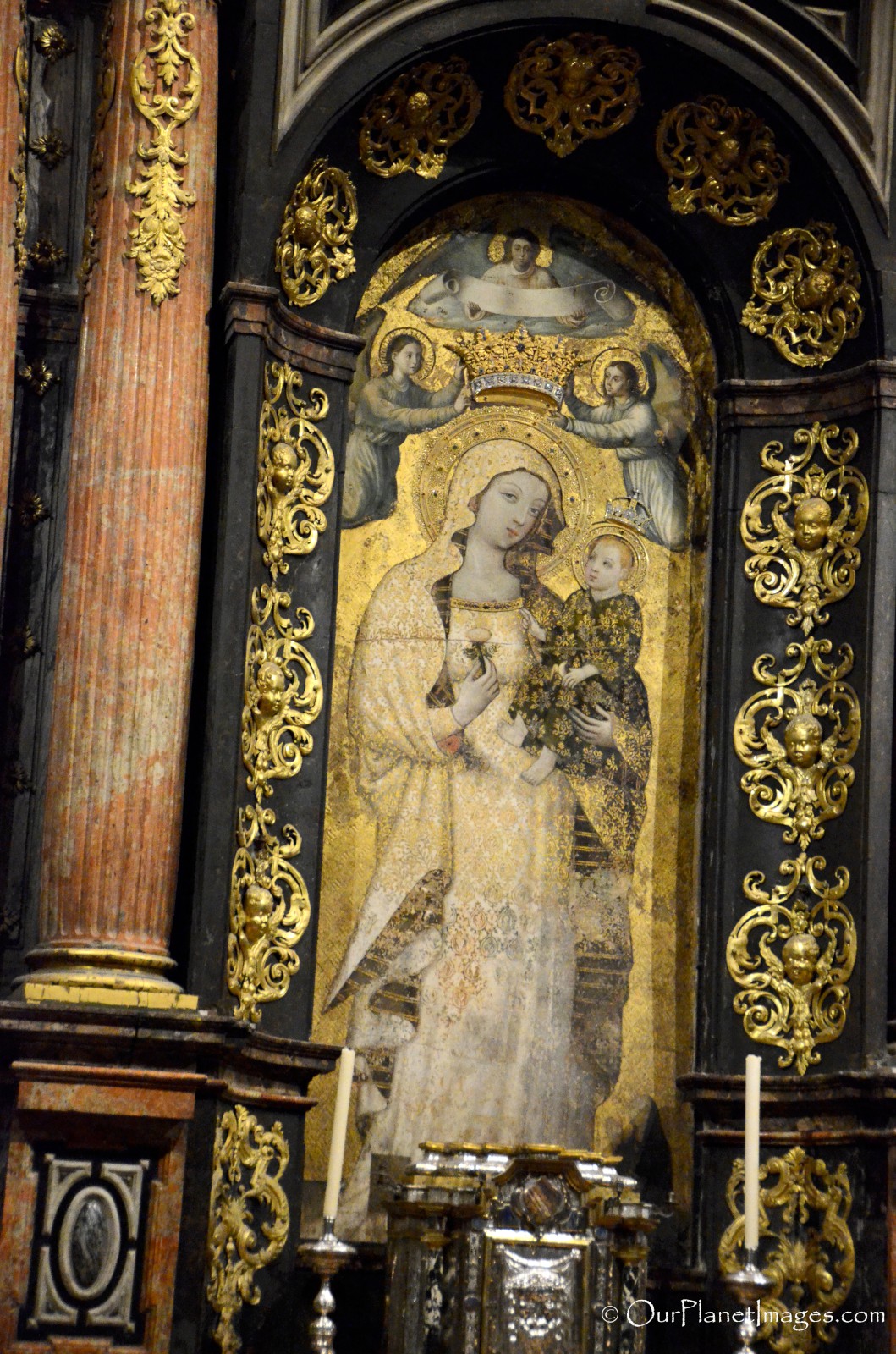
Altarpiece
One of the top attractions in the cathedral is the altarpiece which was created in 1482. It is a golden wall that tower almost 30 meters high and is 20 meters wide. The altarpiece contains 44 reliefs and more than 200 figures of saints that represent Bible scenes.
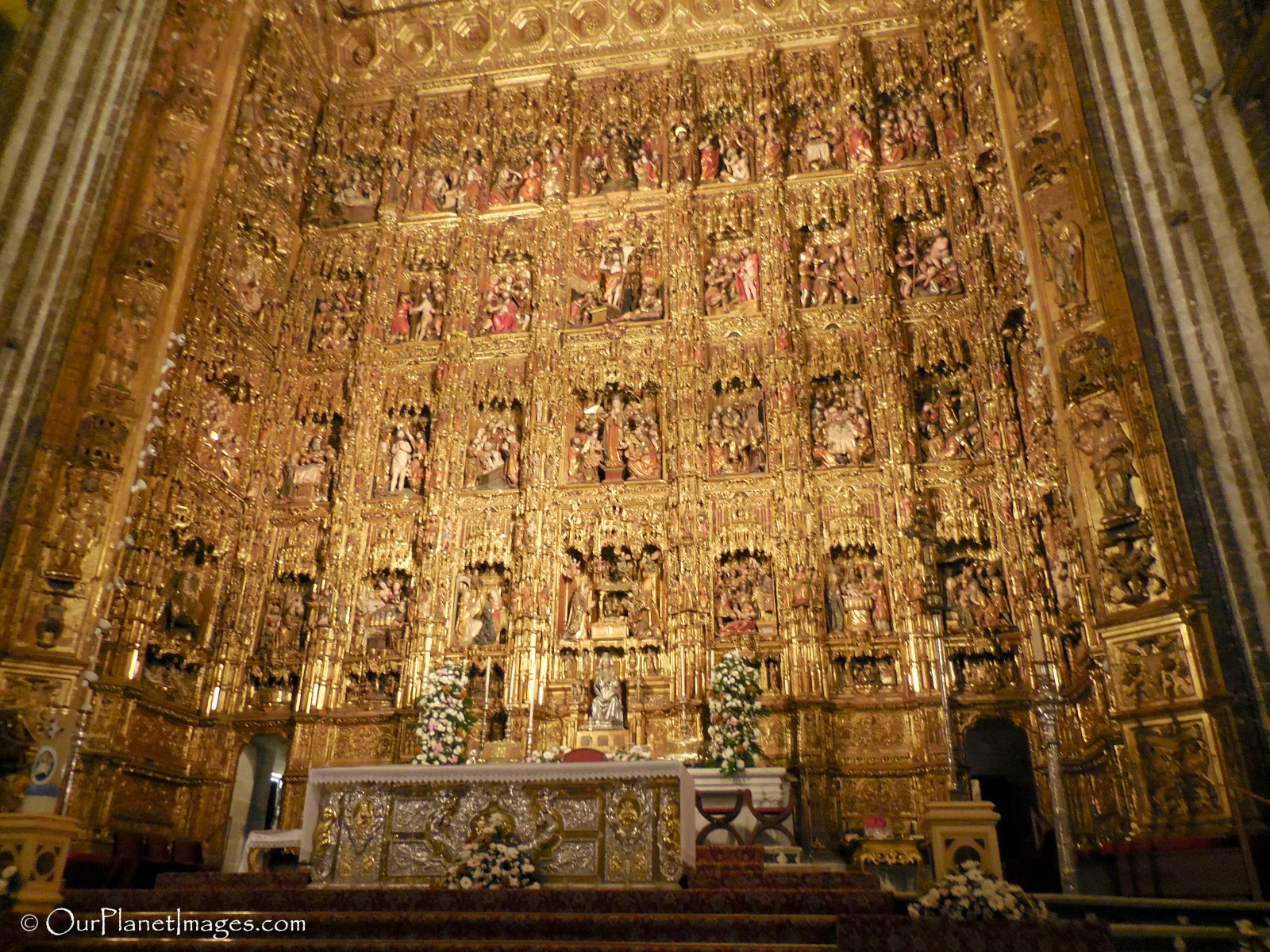
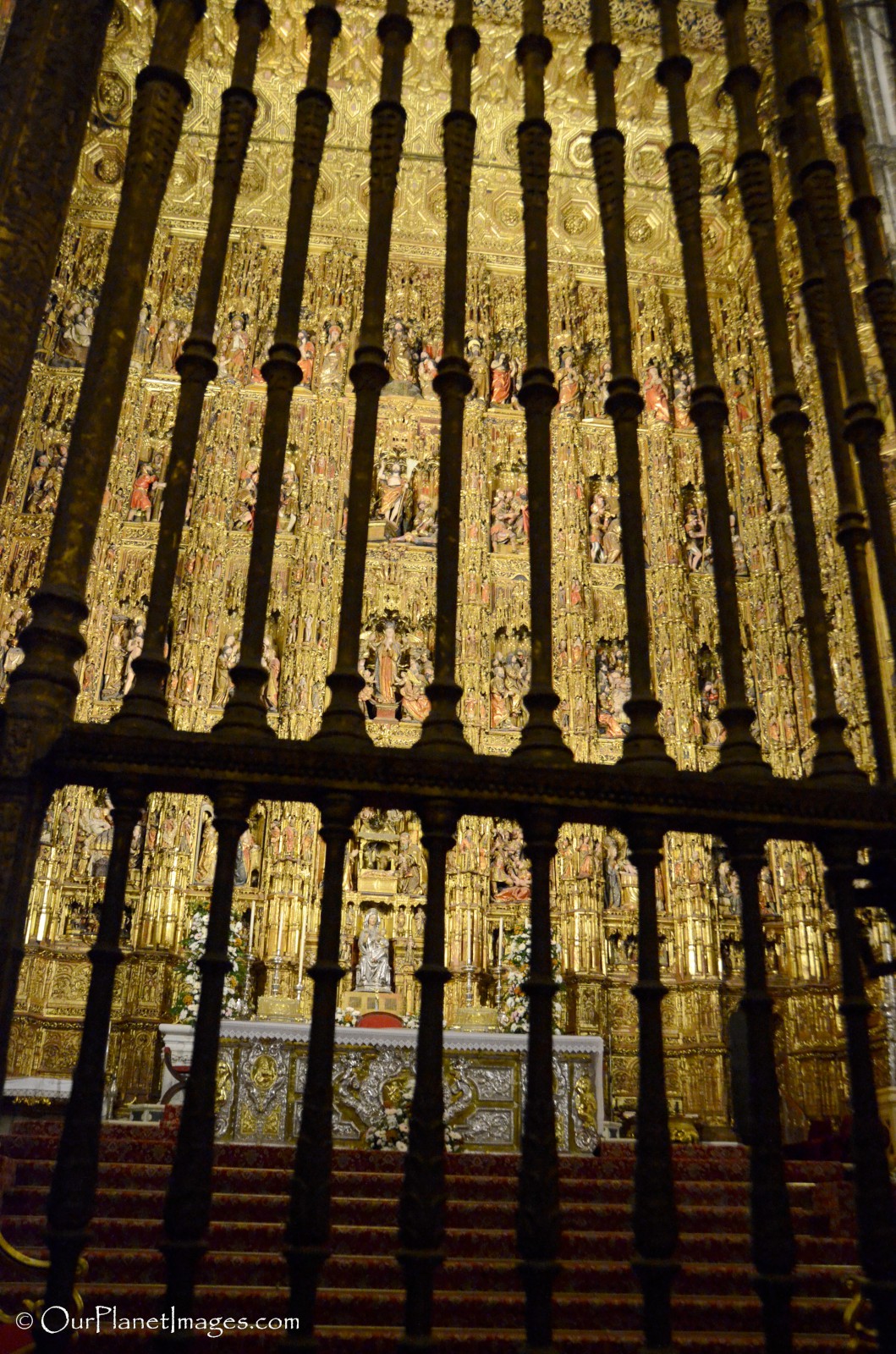
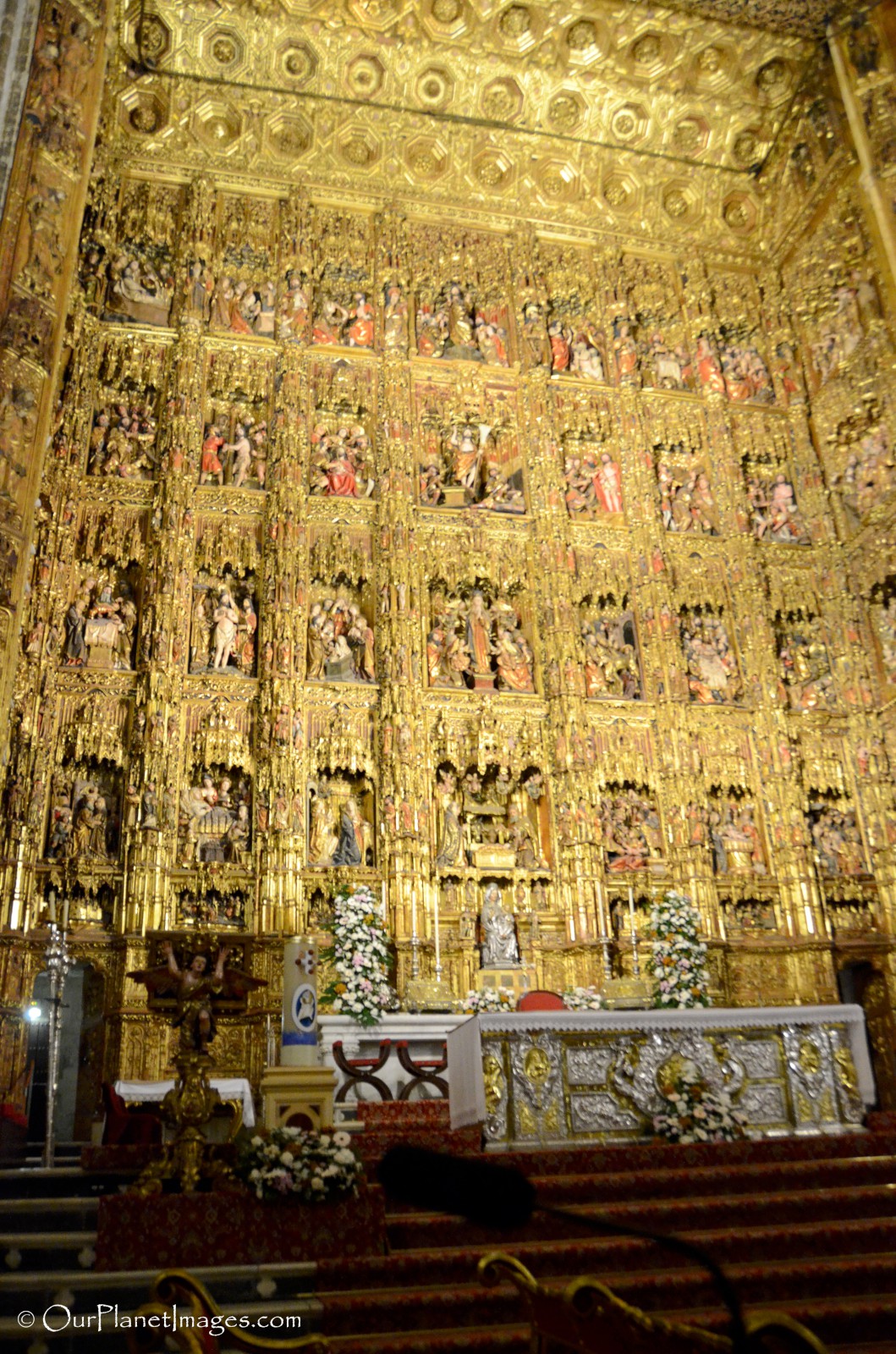
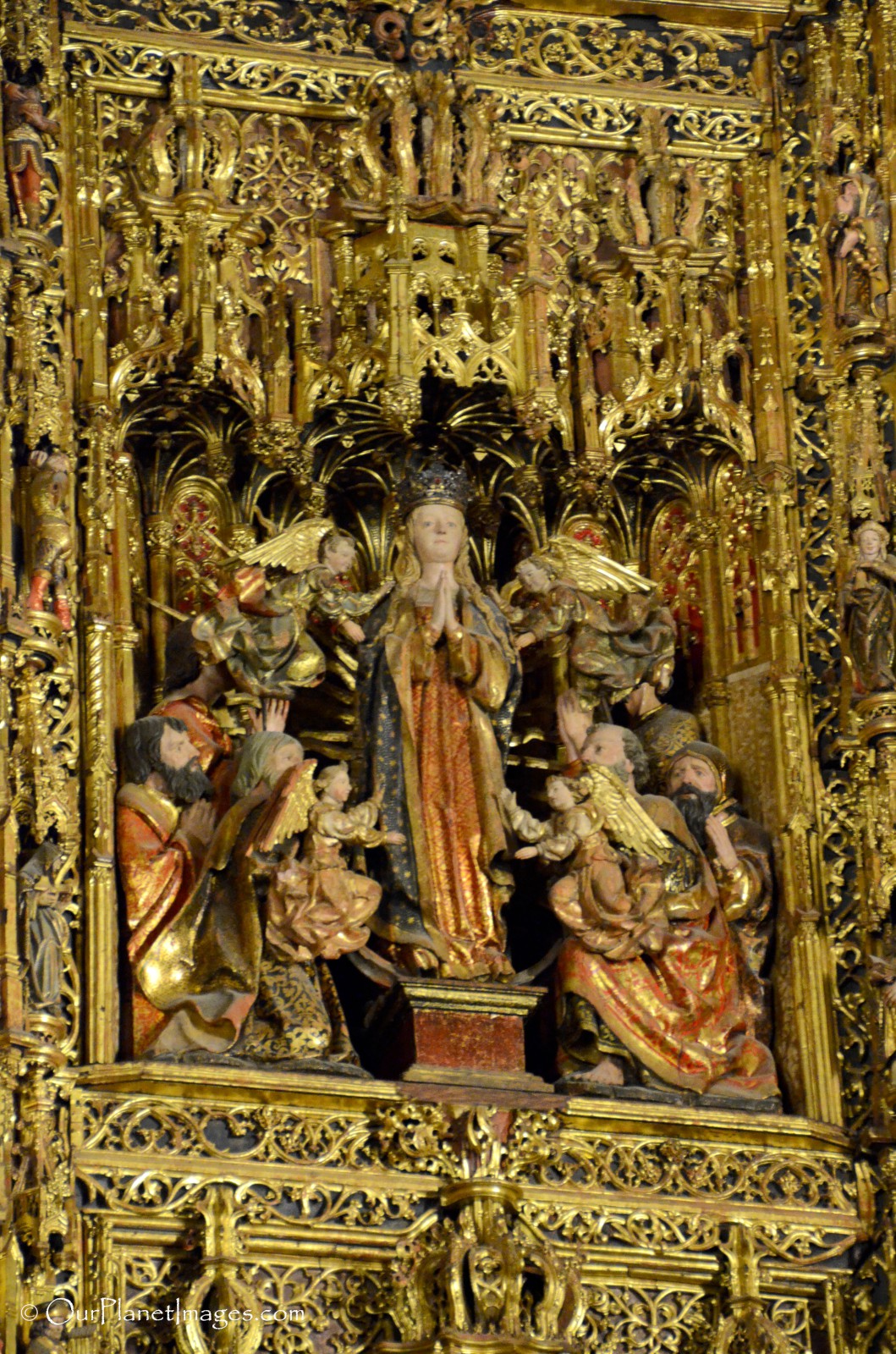
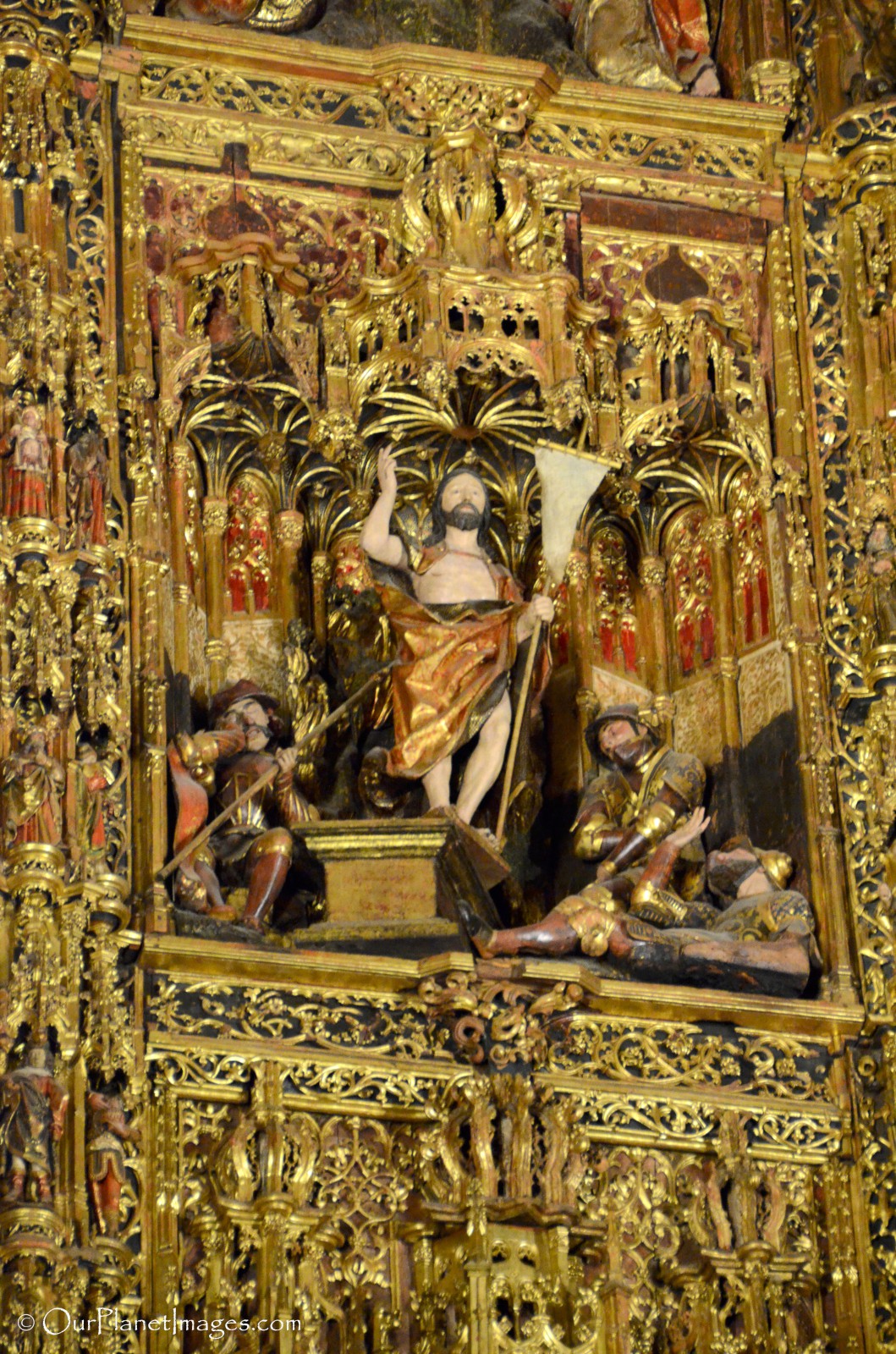
Paintings and Statues
I am always fascinated with the decorations inside most religious places that I have visited and the decorations in the Cathedral of Seville were not disappointing. The photos below are as small sample of the many religious paintings and statues that are inside the cathedral.

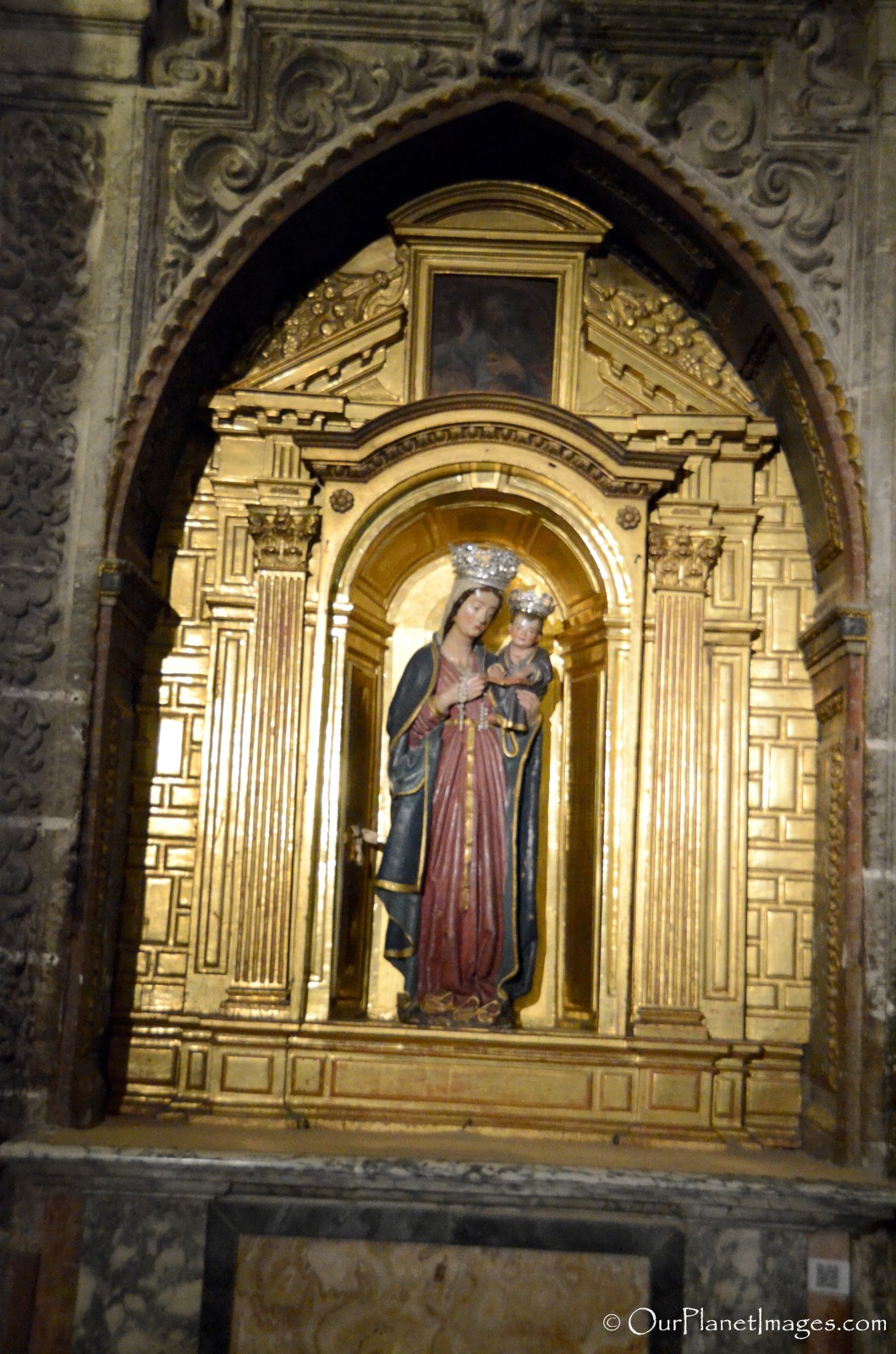
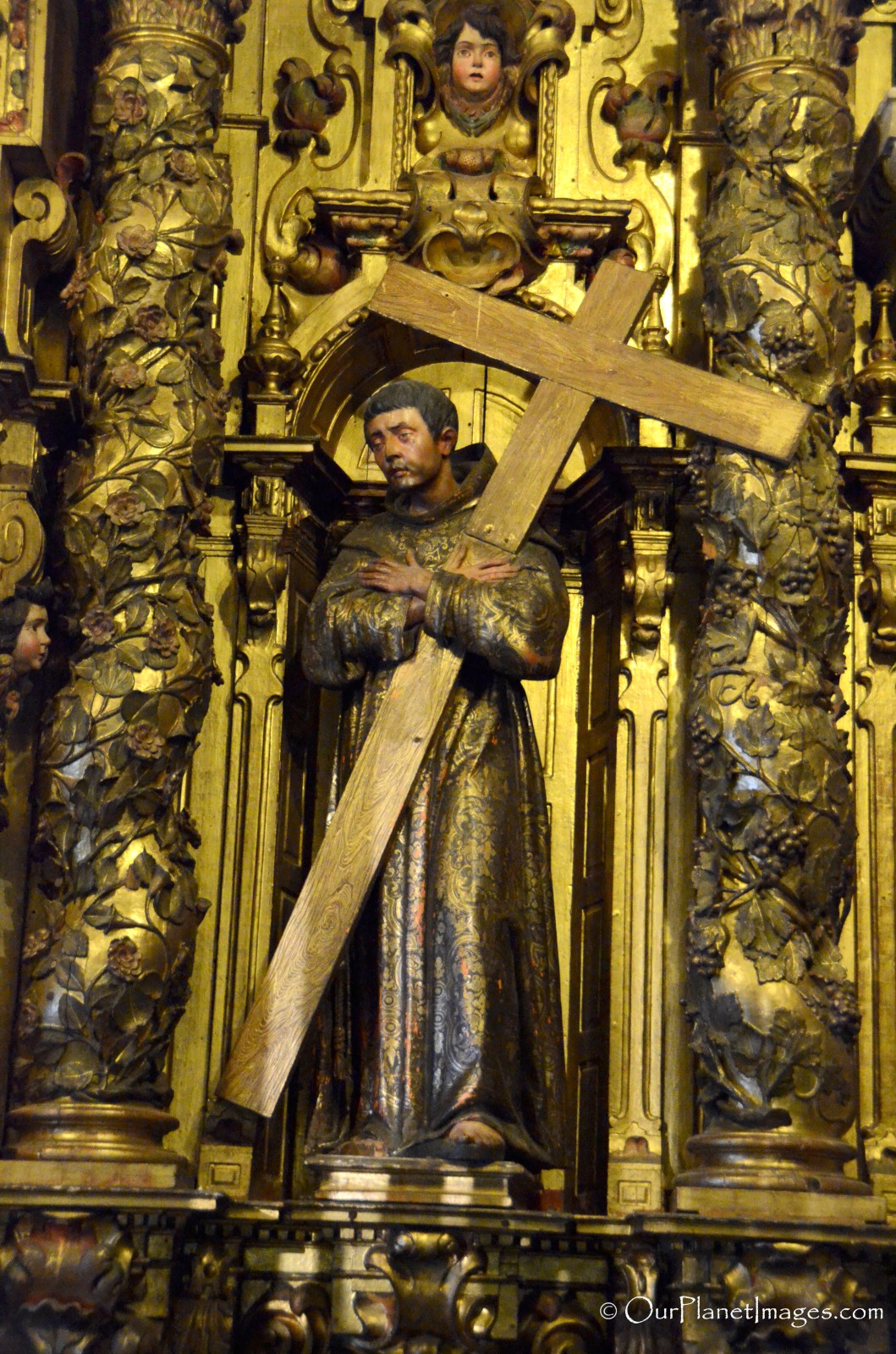
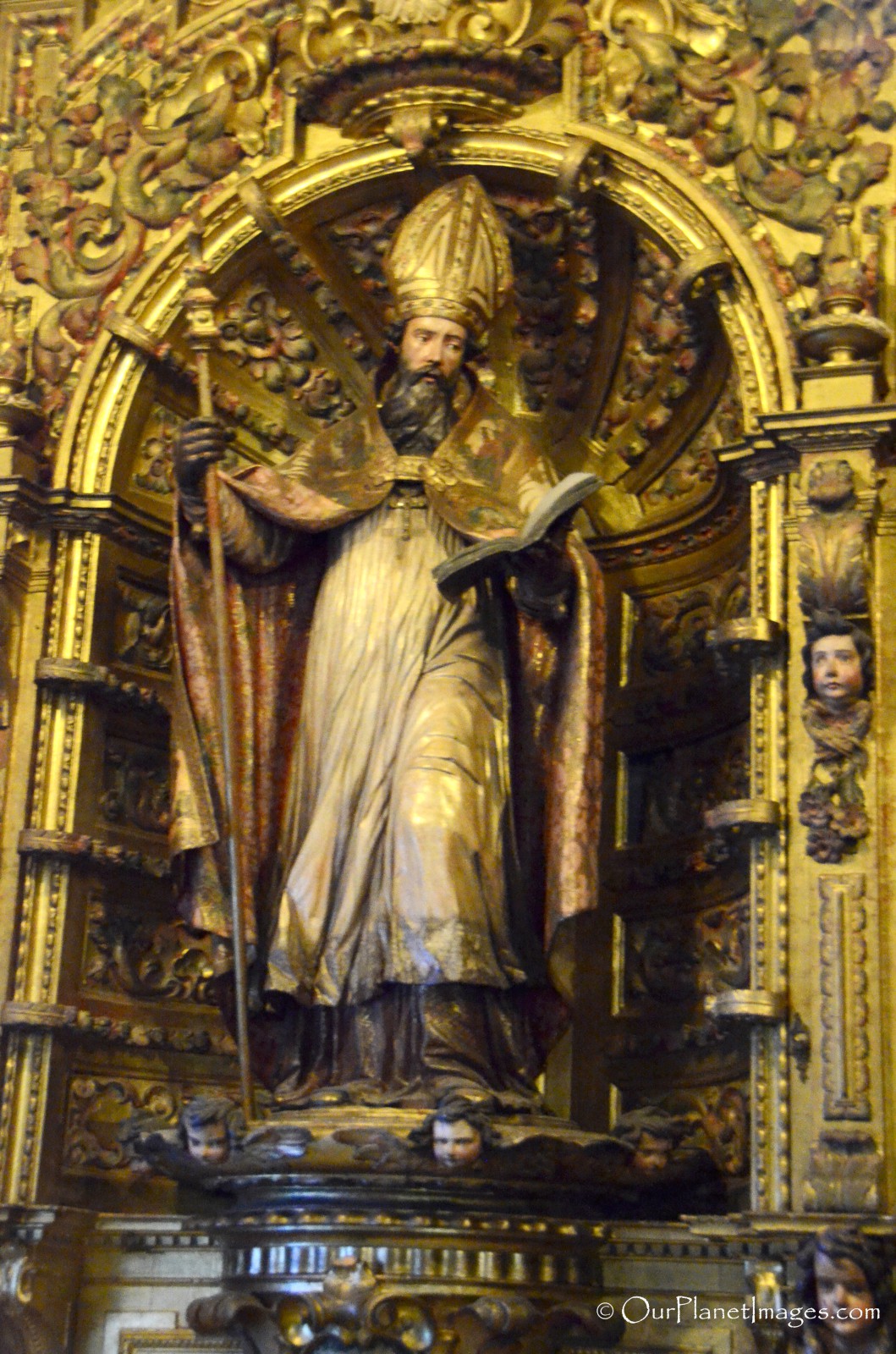
Stained Glass Windows
Stained glass windows can be seen throughout the cathedral. The 138 preserved stained glass windows have religious scenes and they show the history of the Iberian Peninsula as many of them have dates in the stain glass picture. Two of these are shown in the photos that I have selected.
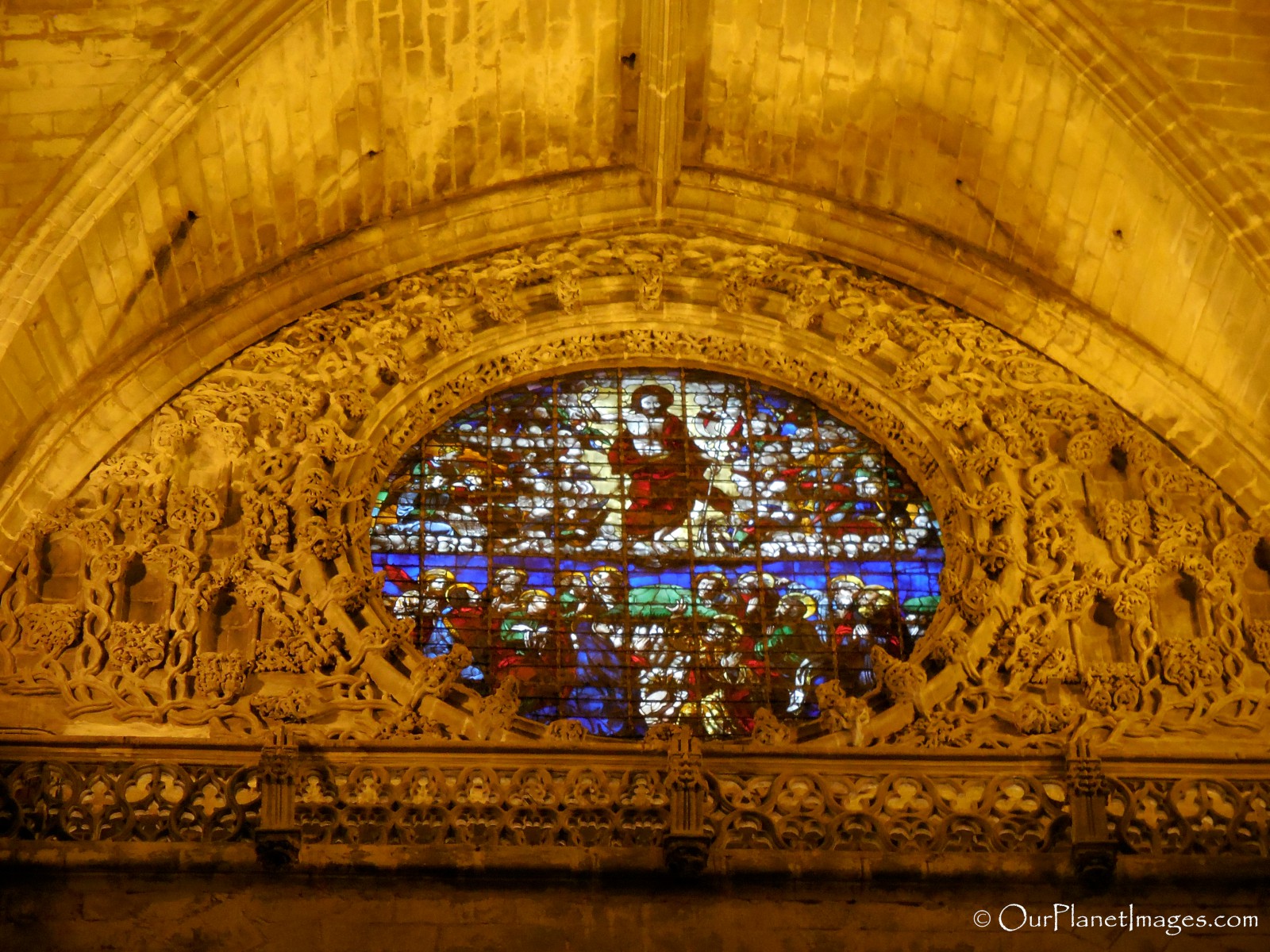
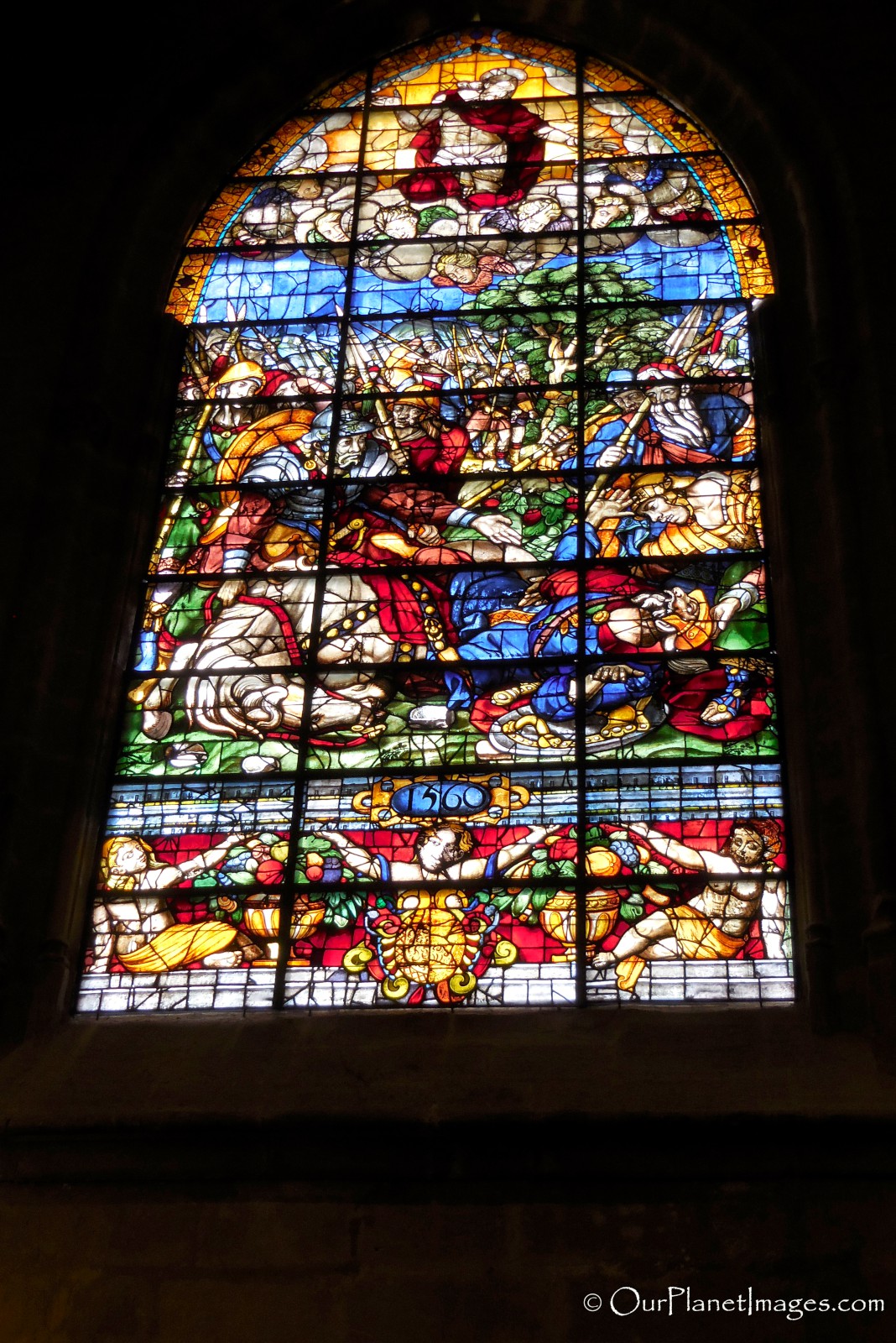
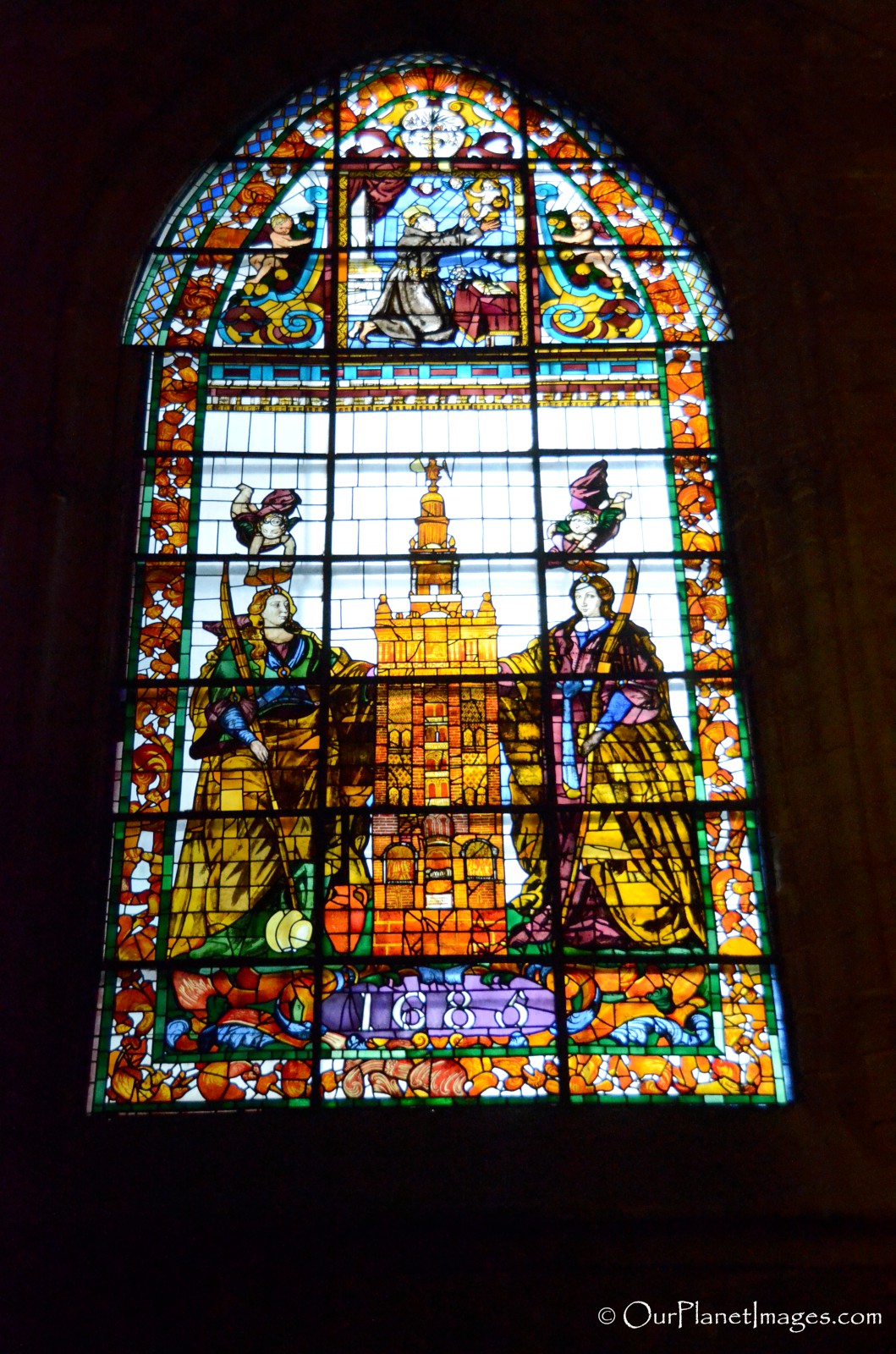
Tomb of Christopher Columbus
One of the places in the cathedral that I found most interesting is the tomb of Christopher Columbus. His tomb is held up by four symbolic figures that represents the locations where Columbus spent his life: Castile, Navaro, Leon and Aragon.
The tomb was added to the cathedral in 1899 and supposedly contains the remains of Christopher Columbus. However, there is an ongoing debate if the bones in the tomb are actually his because another location also claims to have his remains.
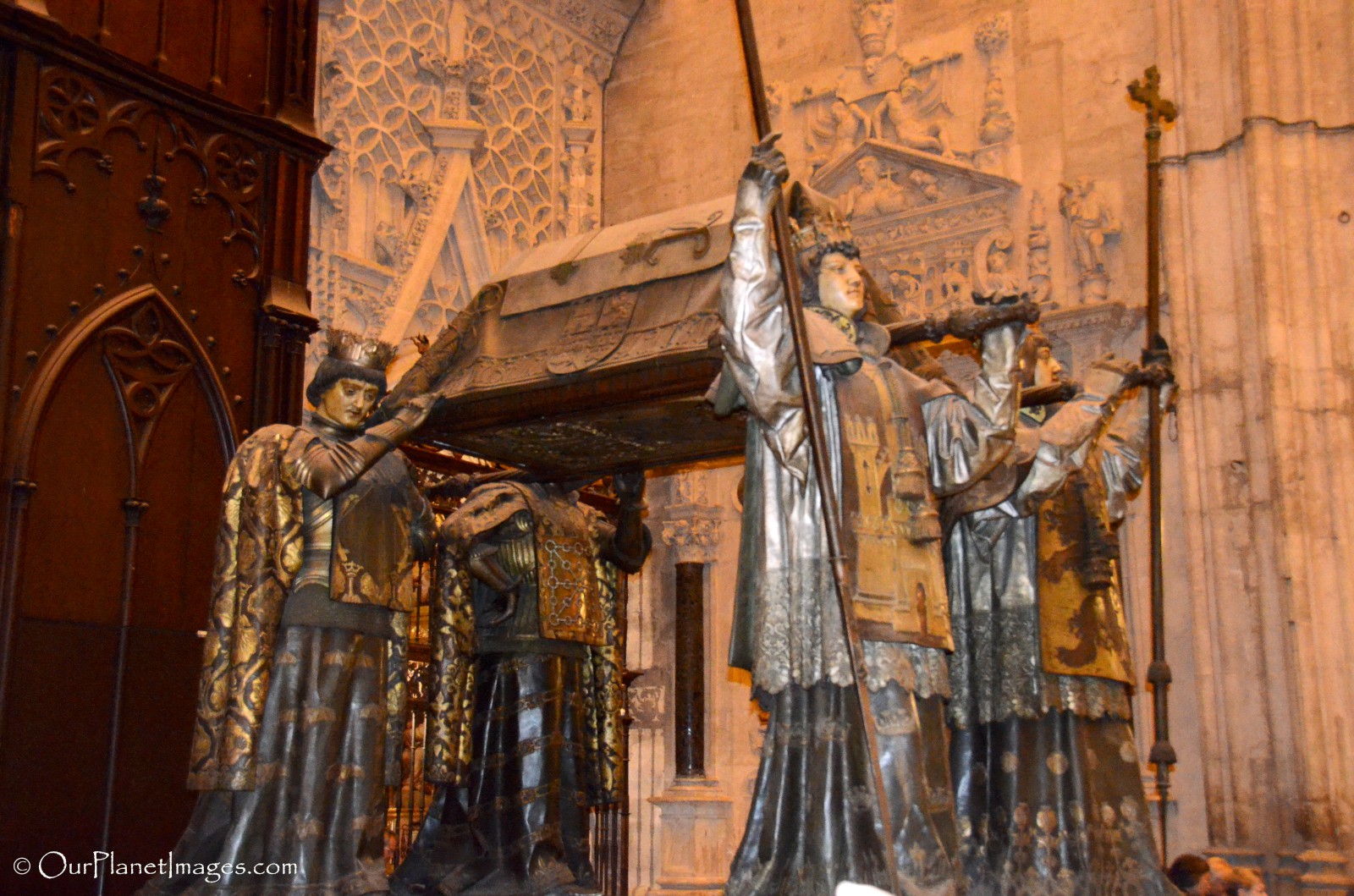
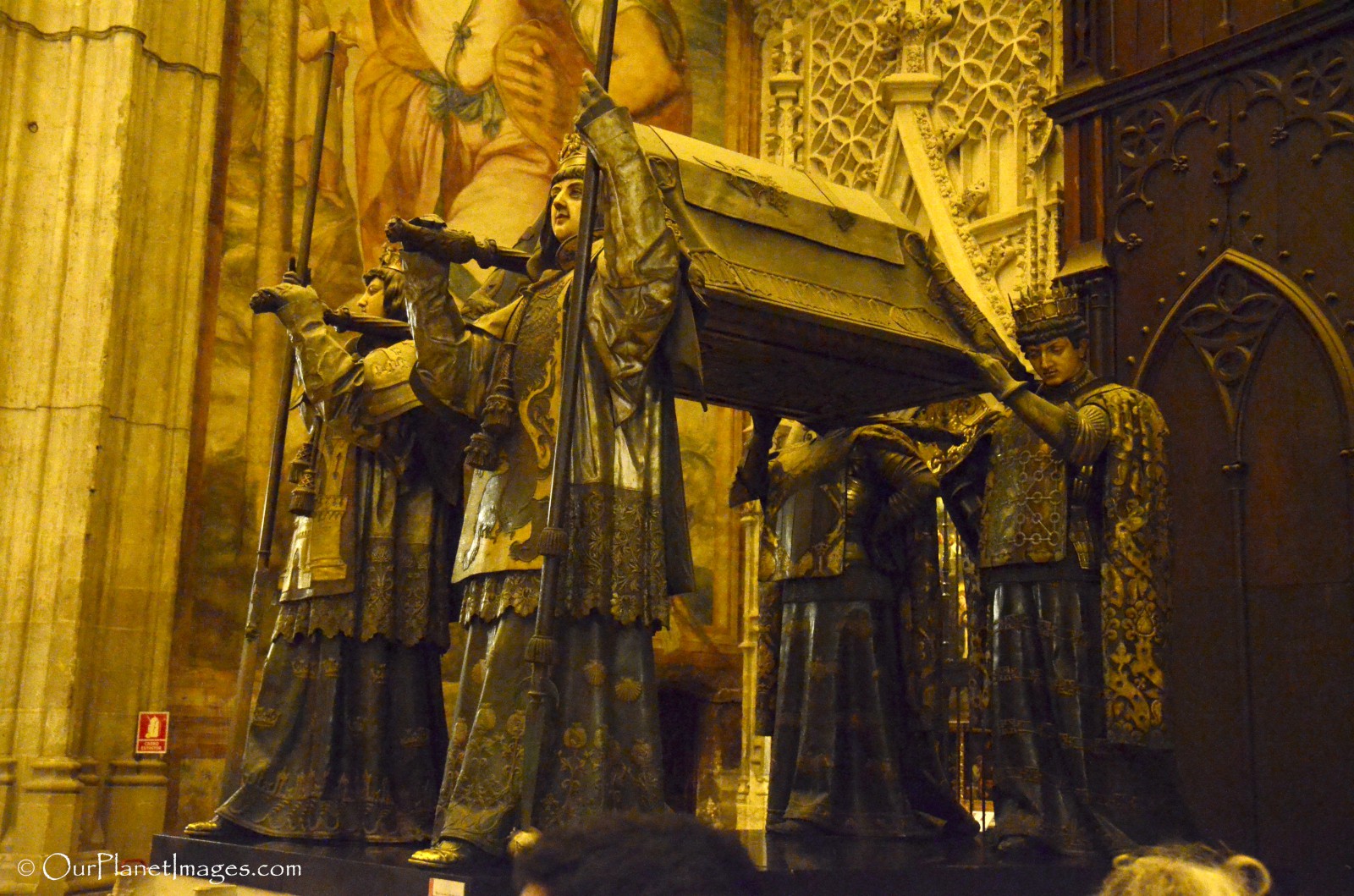

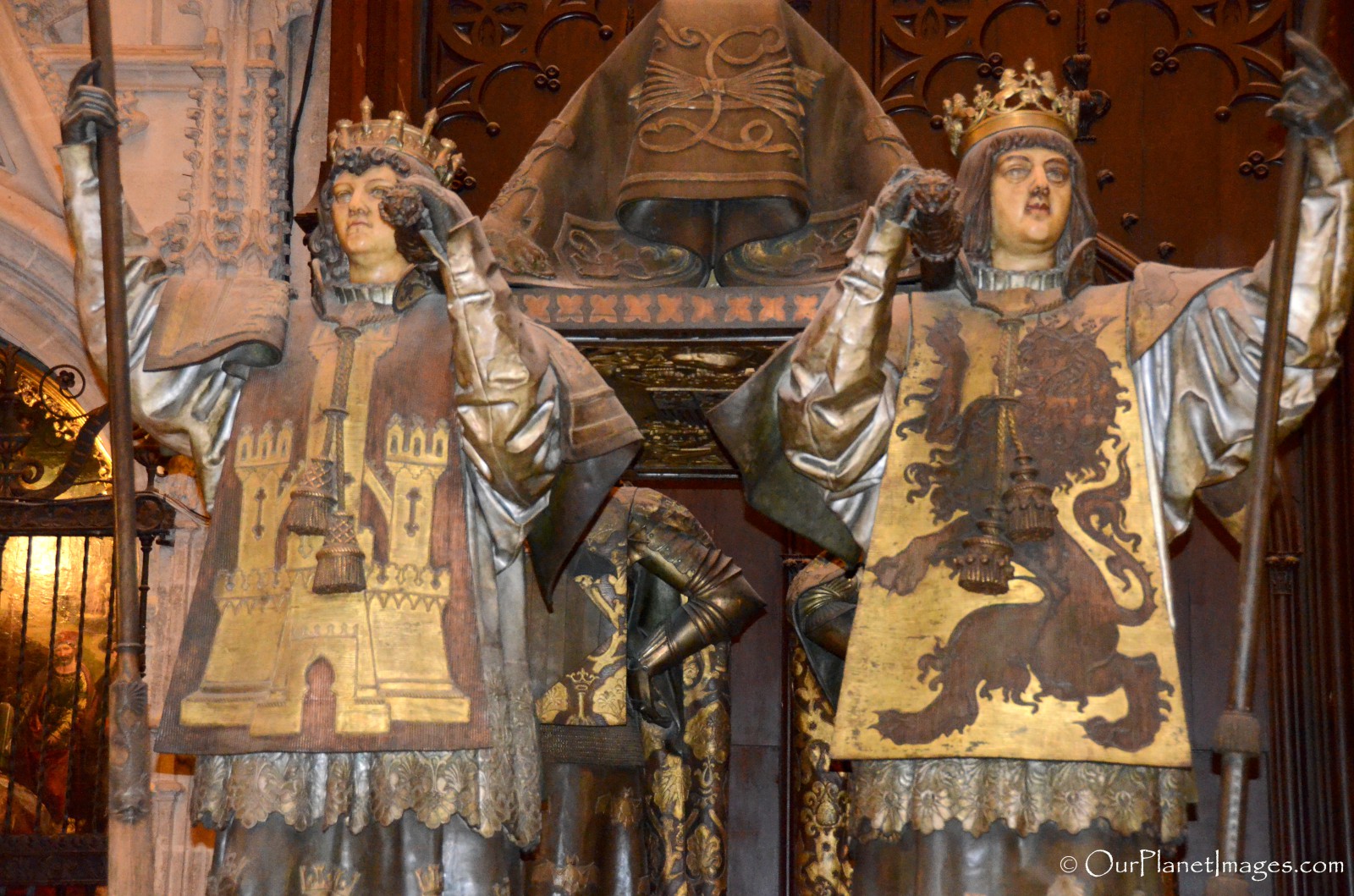
The Dust on My Shoes
Many people may not desire to visit religious sites on vacations but the amazing architecture both on the outside and inside are reasons enough to see the Cathedral of Seville. The cathedral is truly massive and it is filled with architectural details, religious and historical features. The top attraction is the main altarpiece which is stunning. Even though you may know that this is the largest gothic cathedral, nothing will prepare you for the size and magnificence of this place.
In my travels, I have been to several places where Christopher Columbus had a significant impact. There are places in many countries that have monuments and dedications to Christopher Columbus so seeing his tomb that has been honored with a monument inside the cathedral was one of my most memorable parts of visiting the Cathedral of Seville.
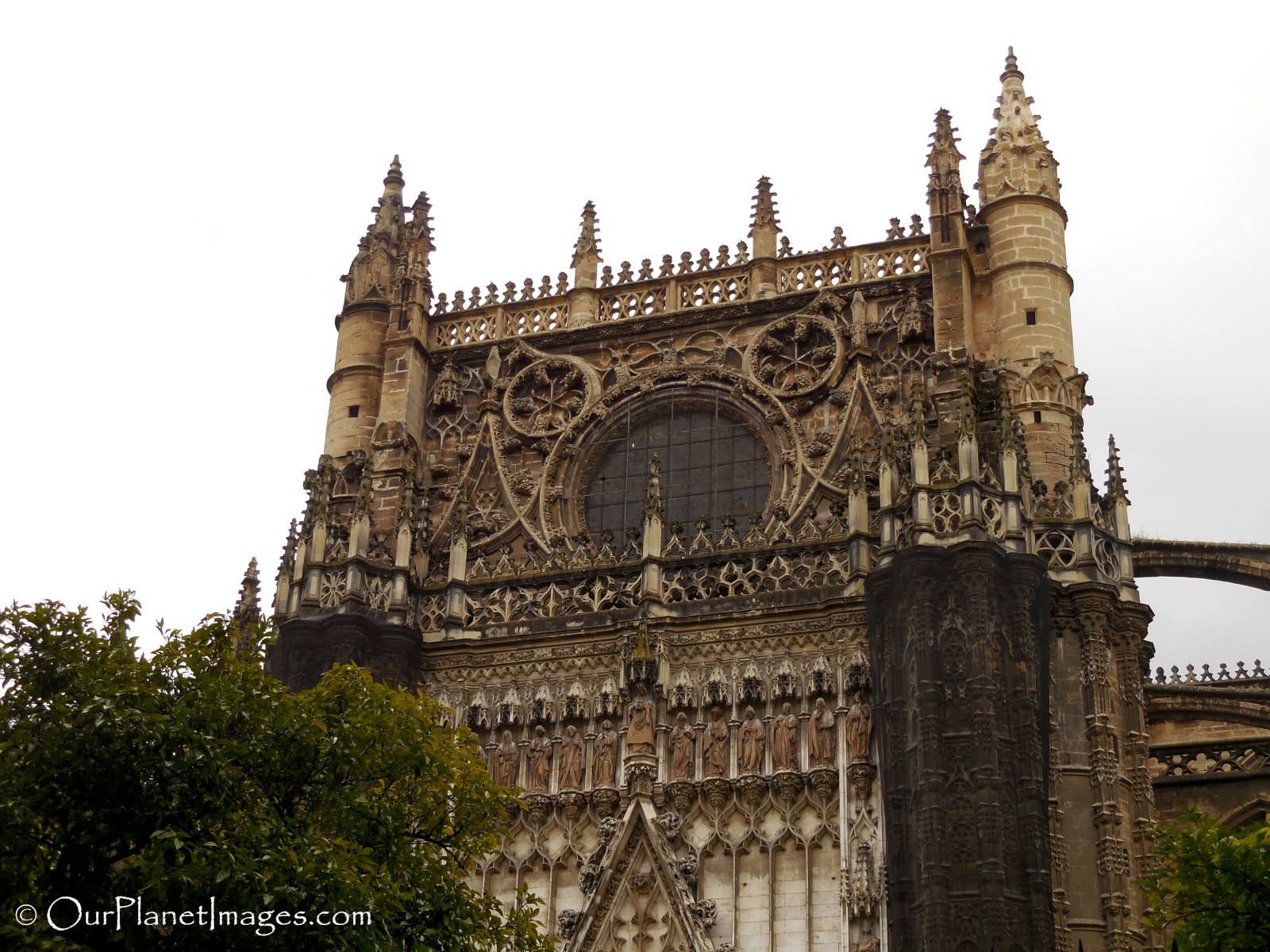
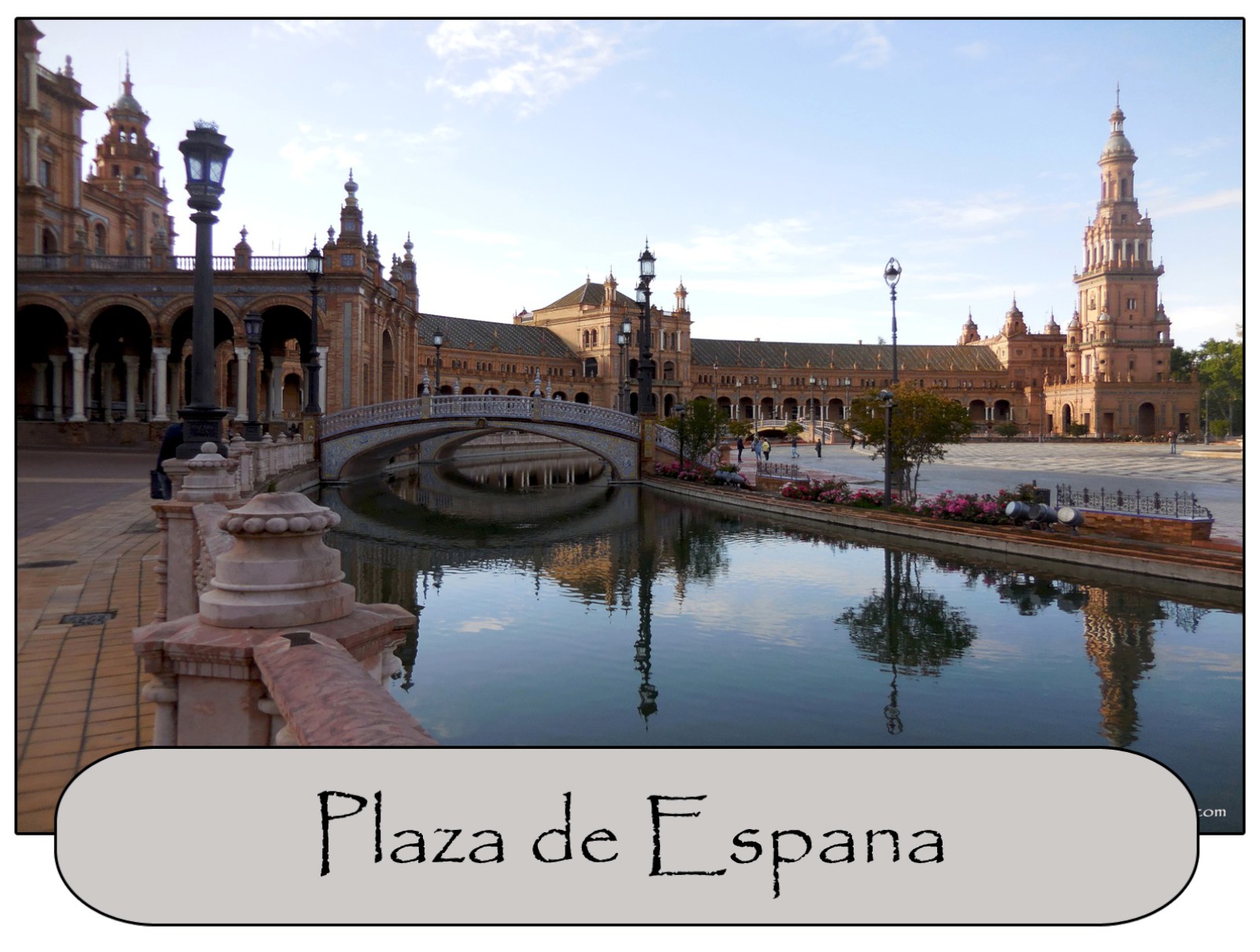
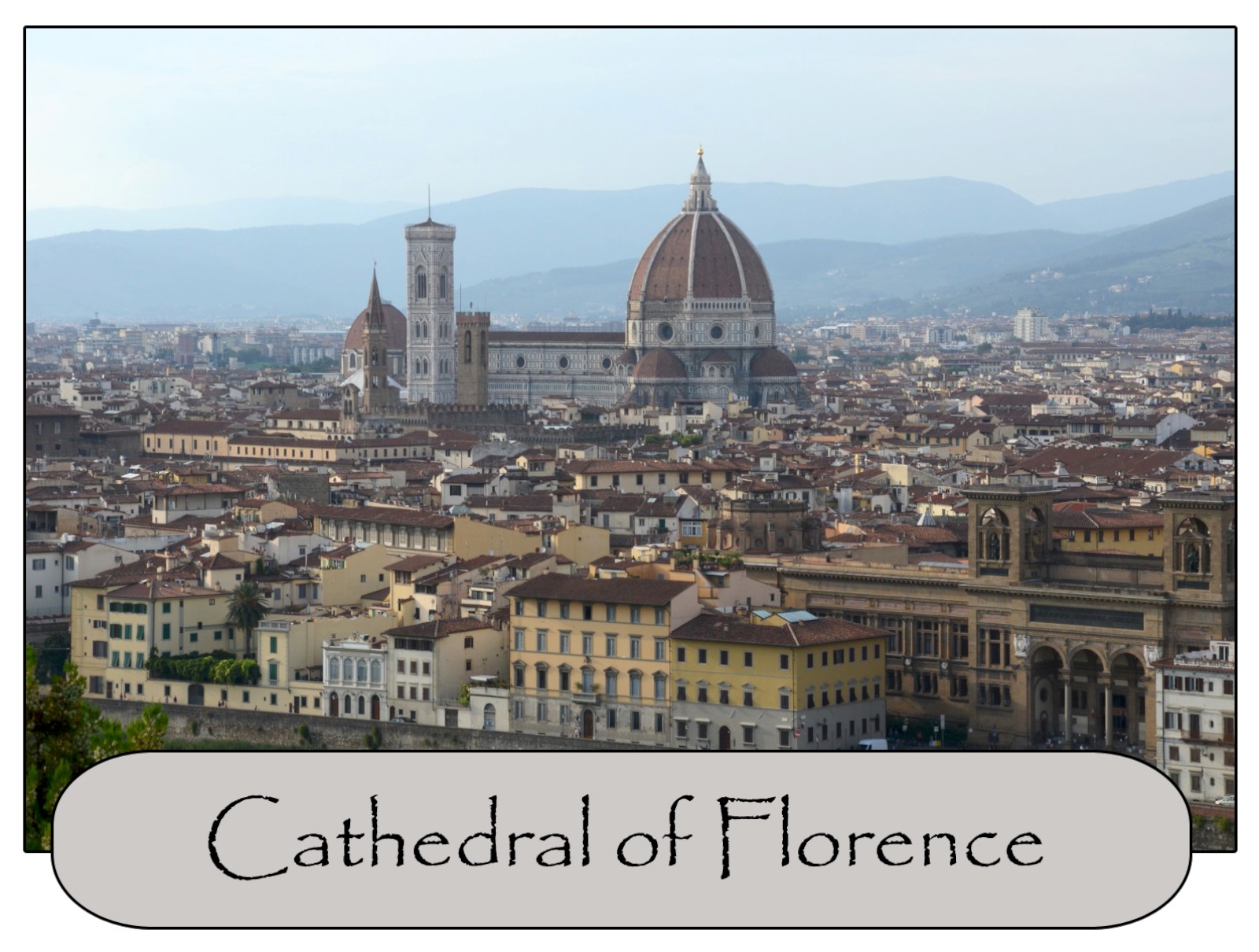
Beautiful!
Thanks Mike! Places like this are hard to imagine. It really is impossible to describe the magnitude and Opulence.